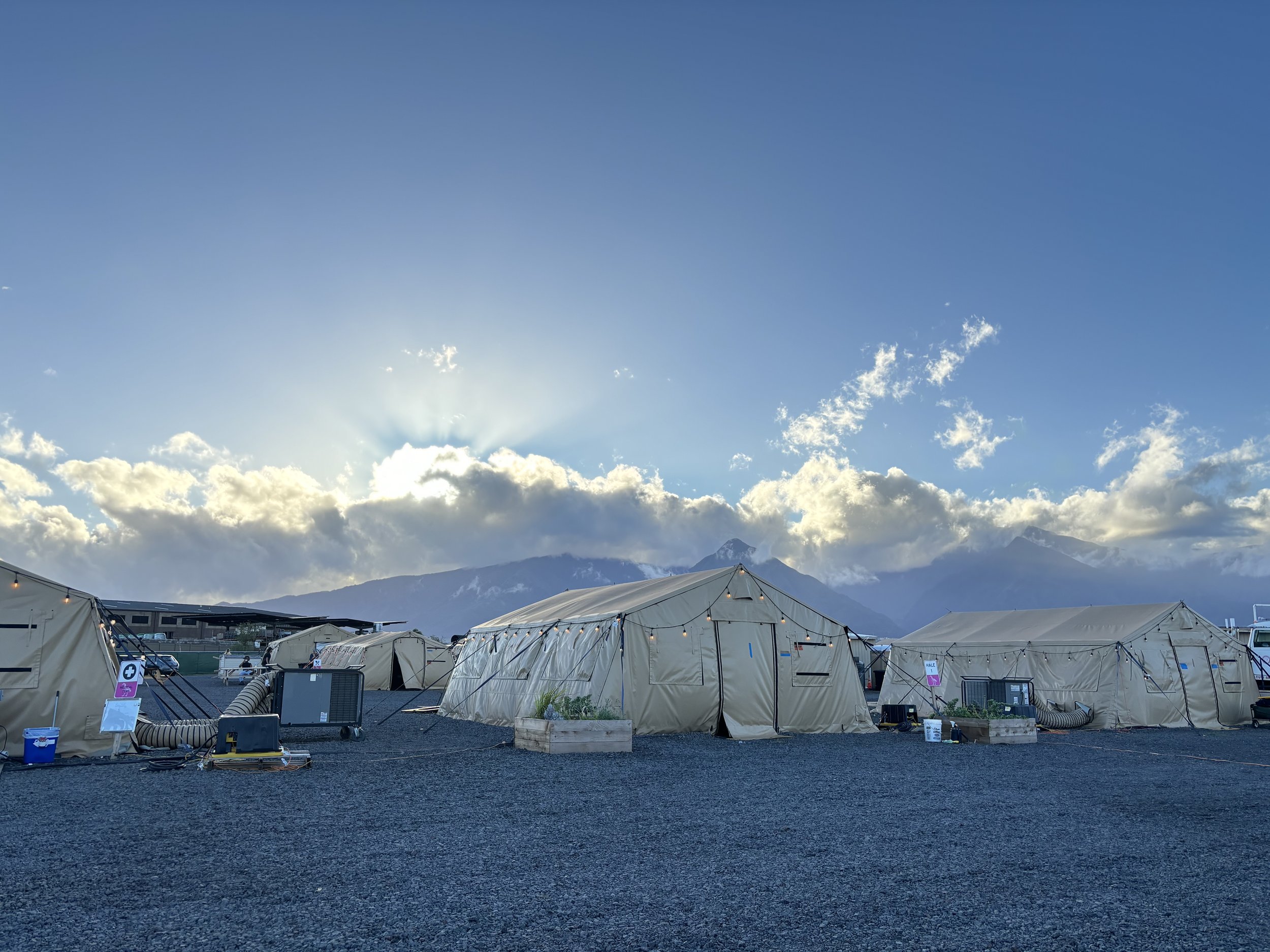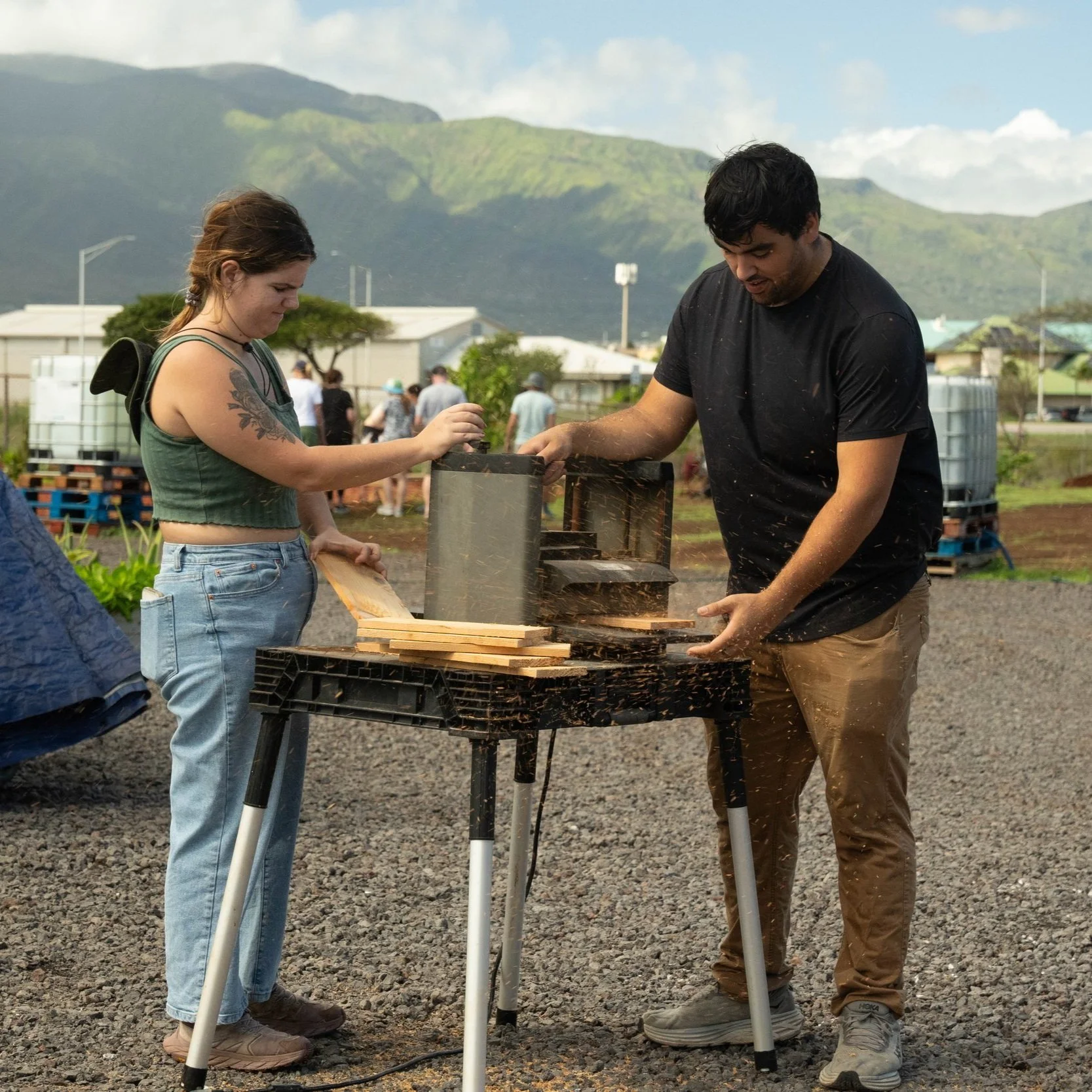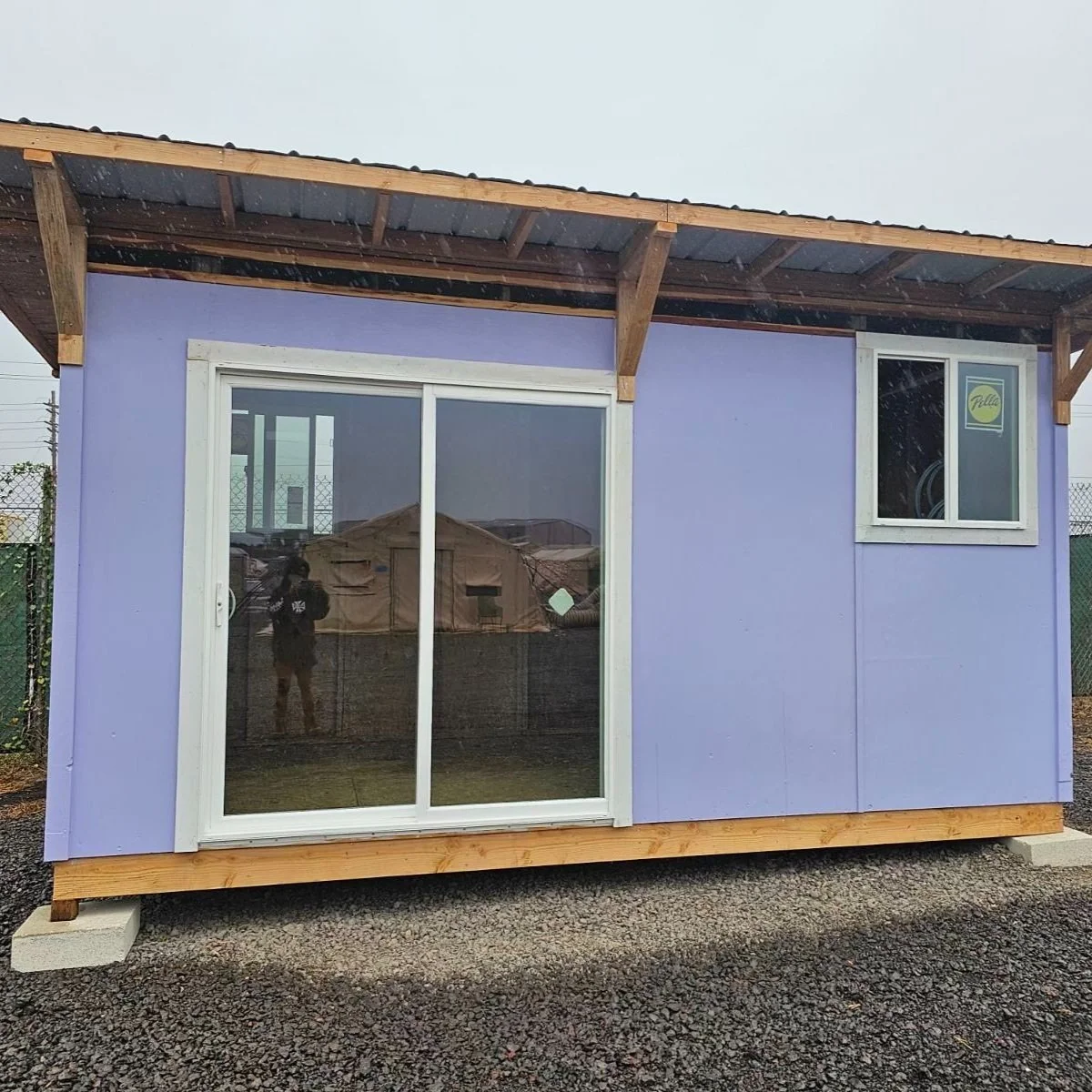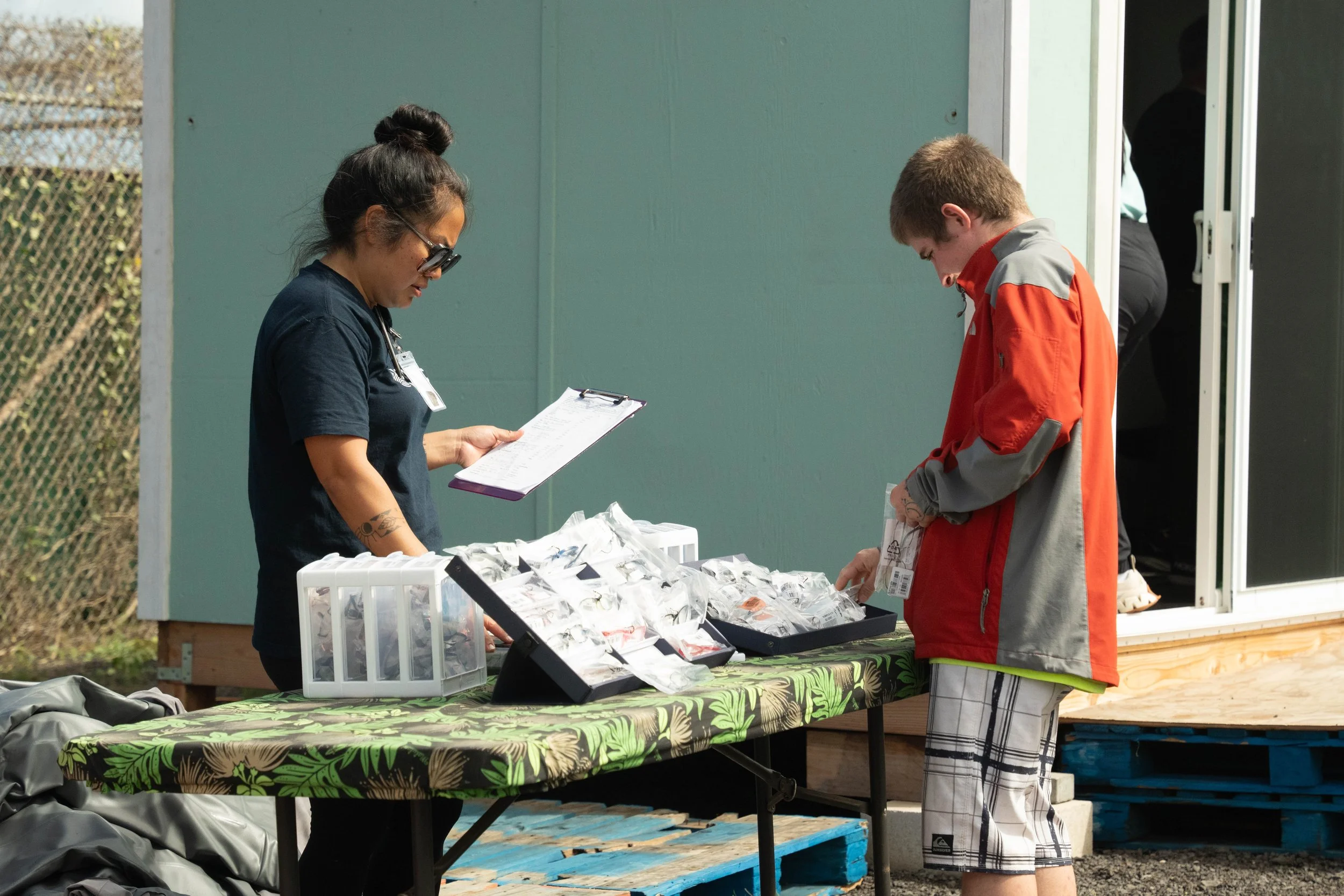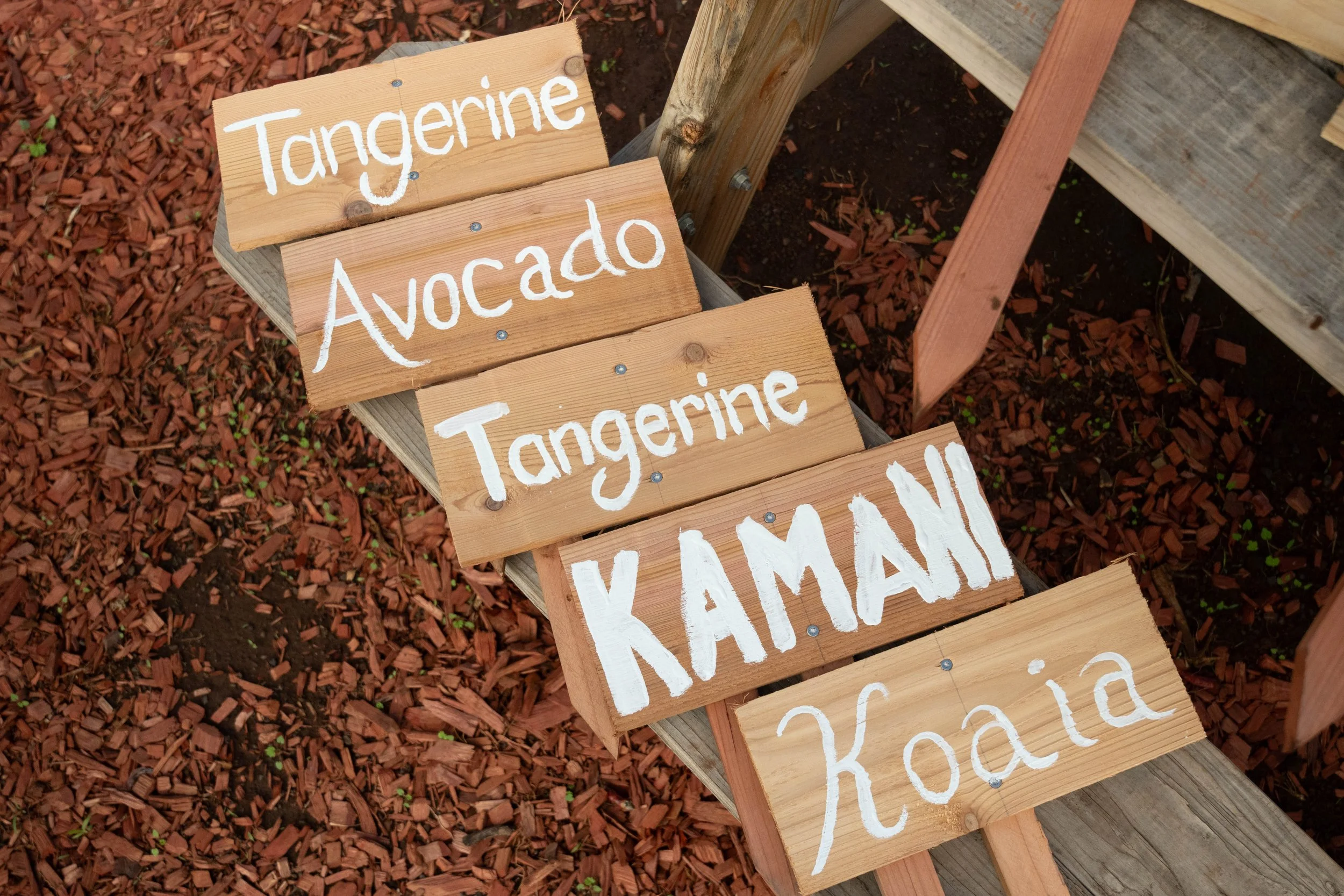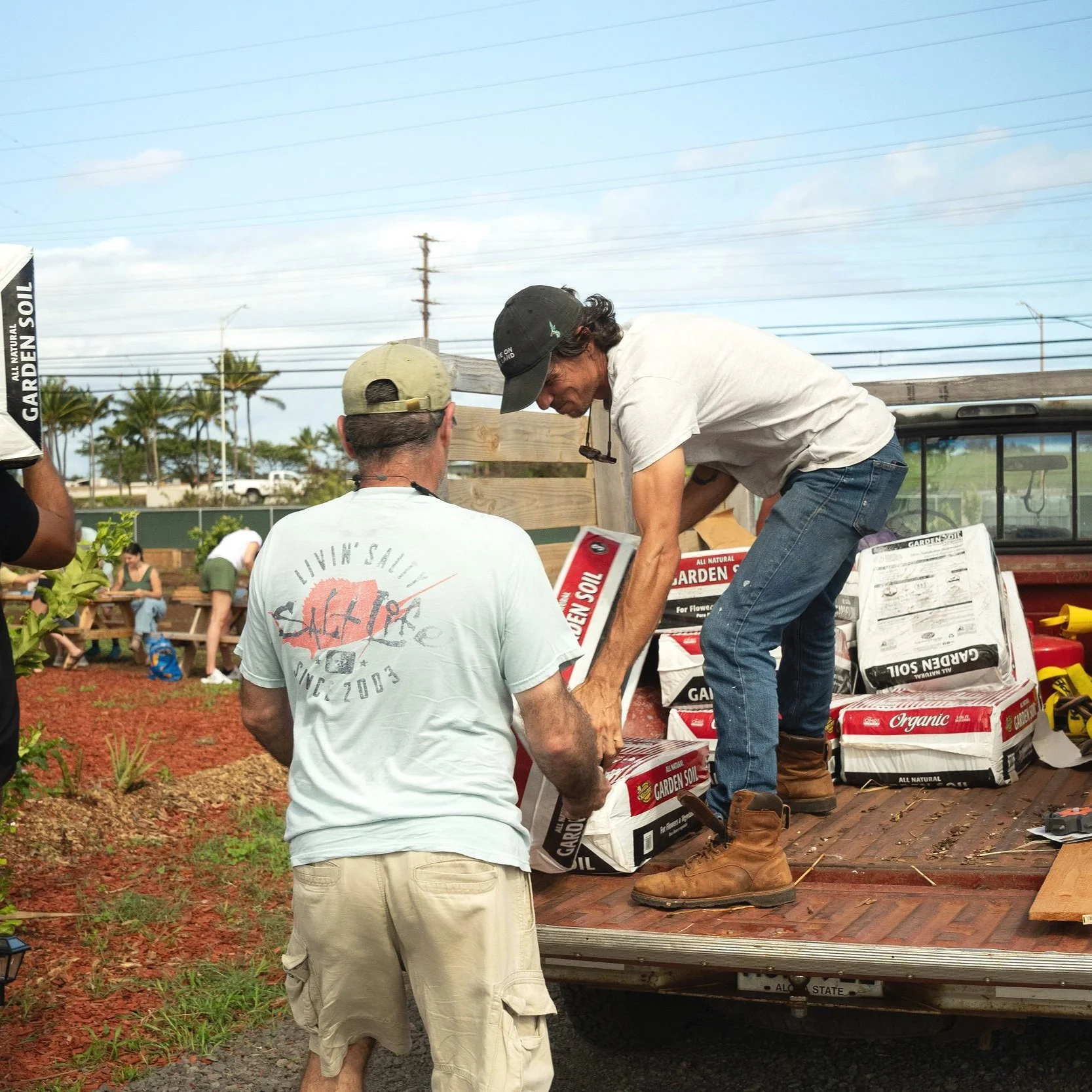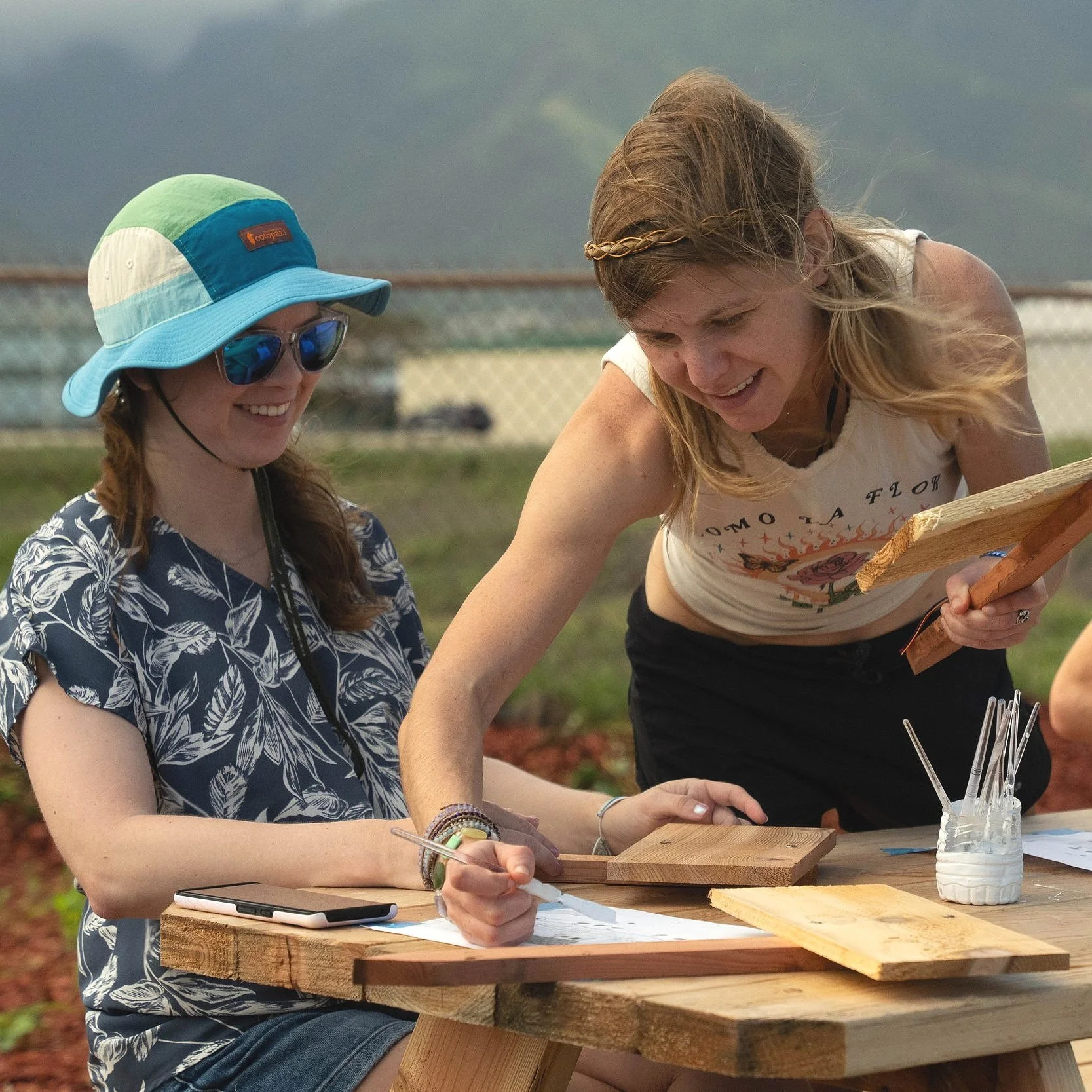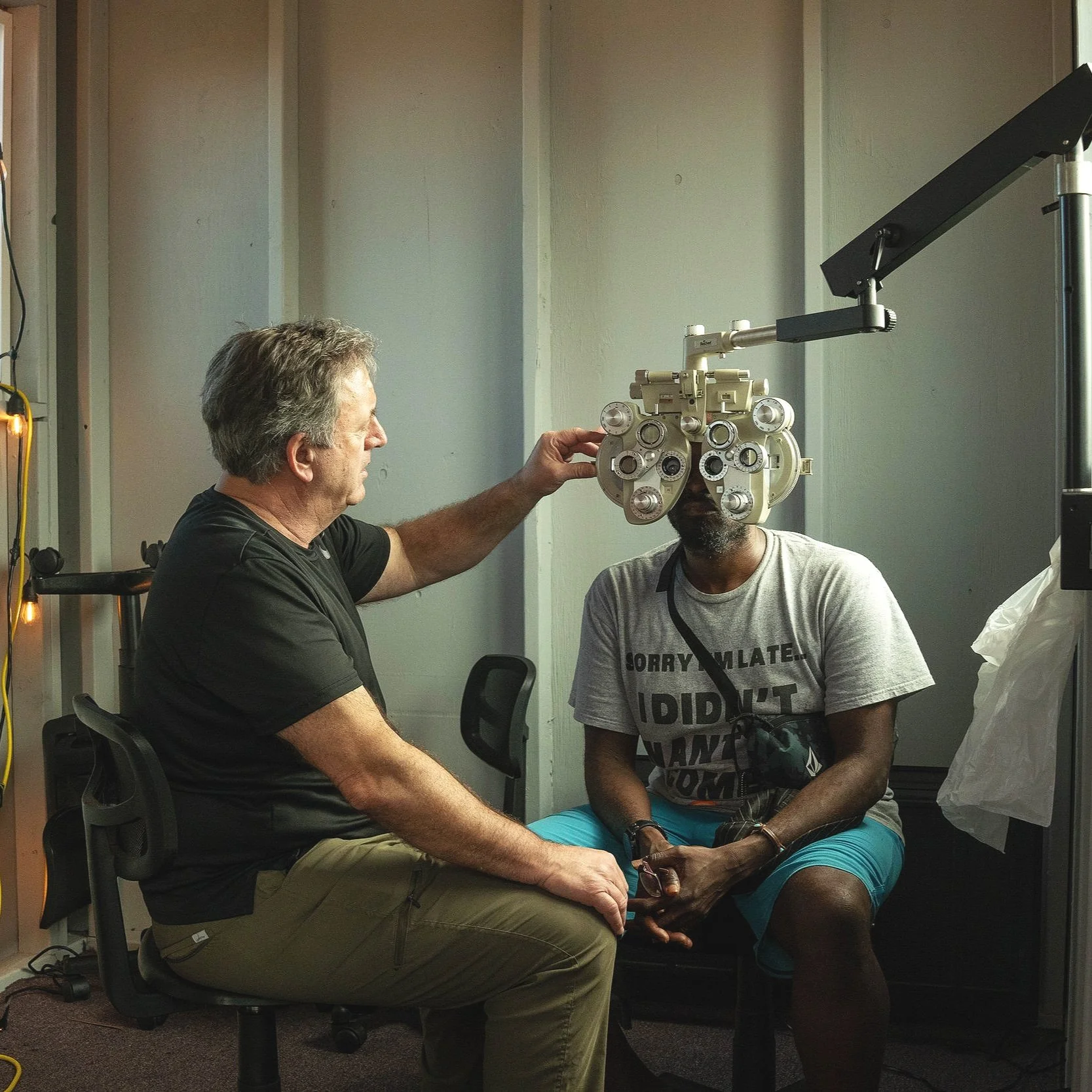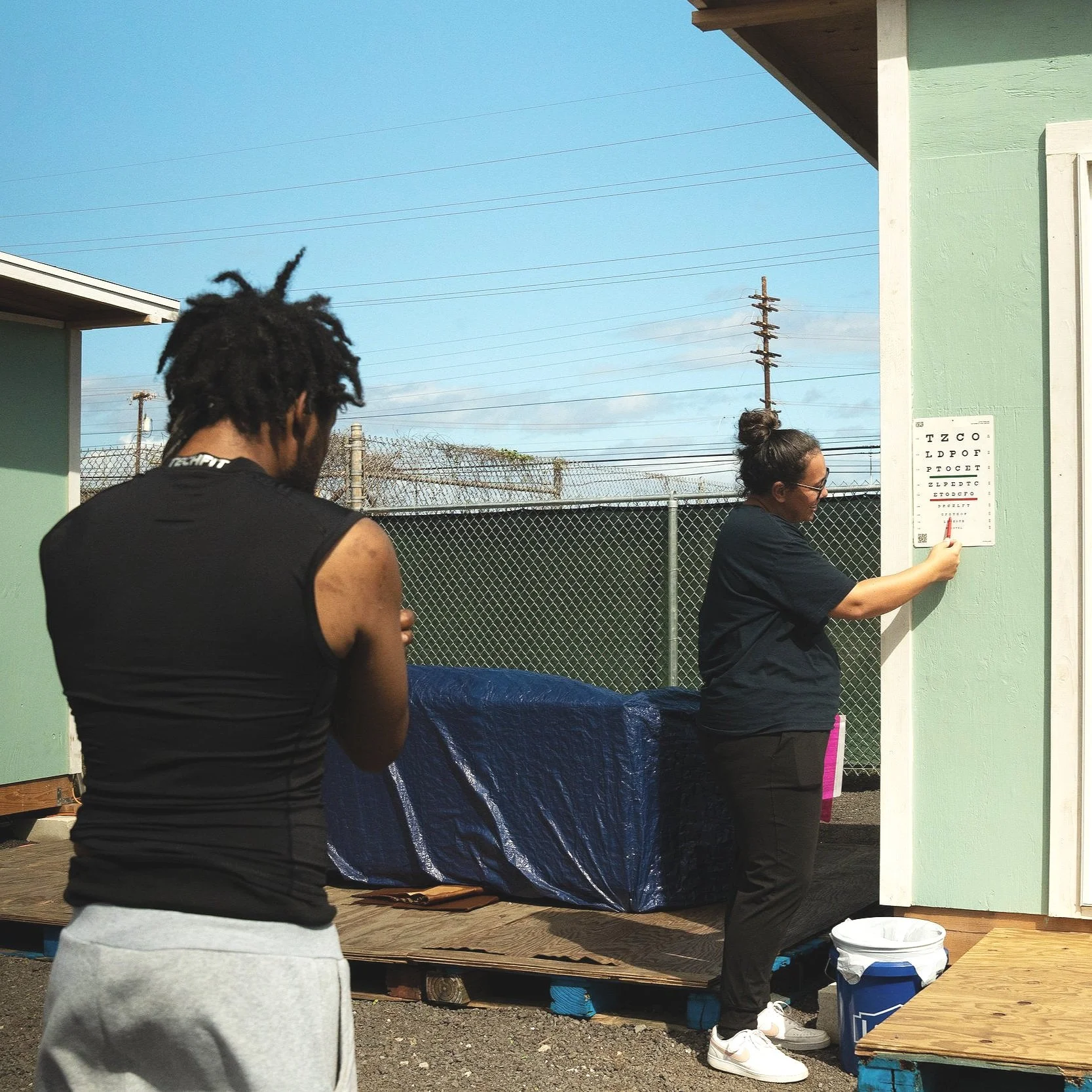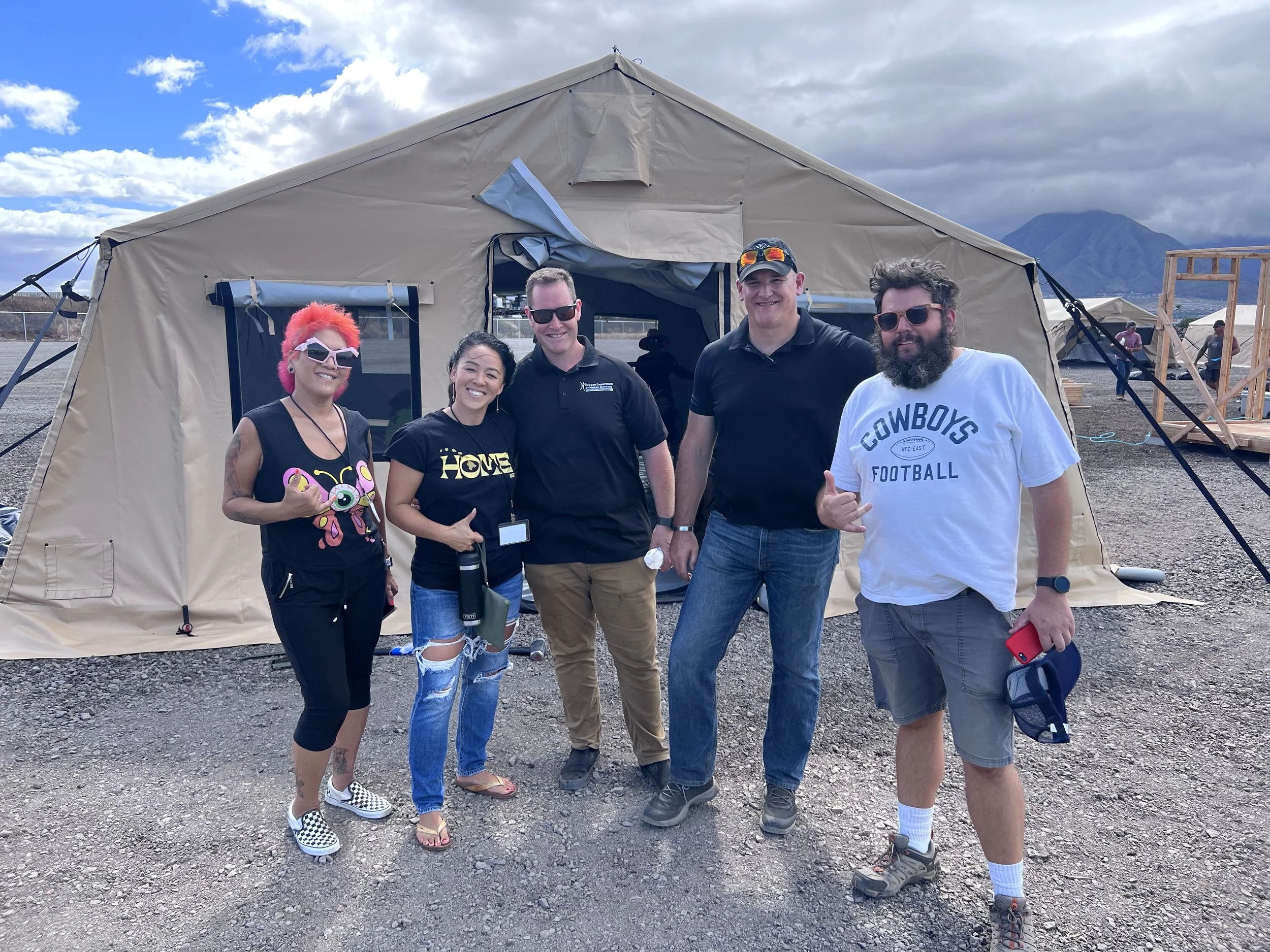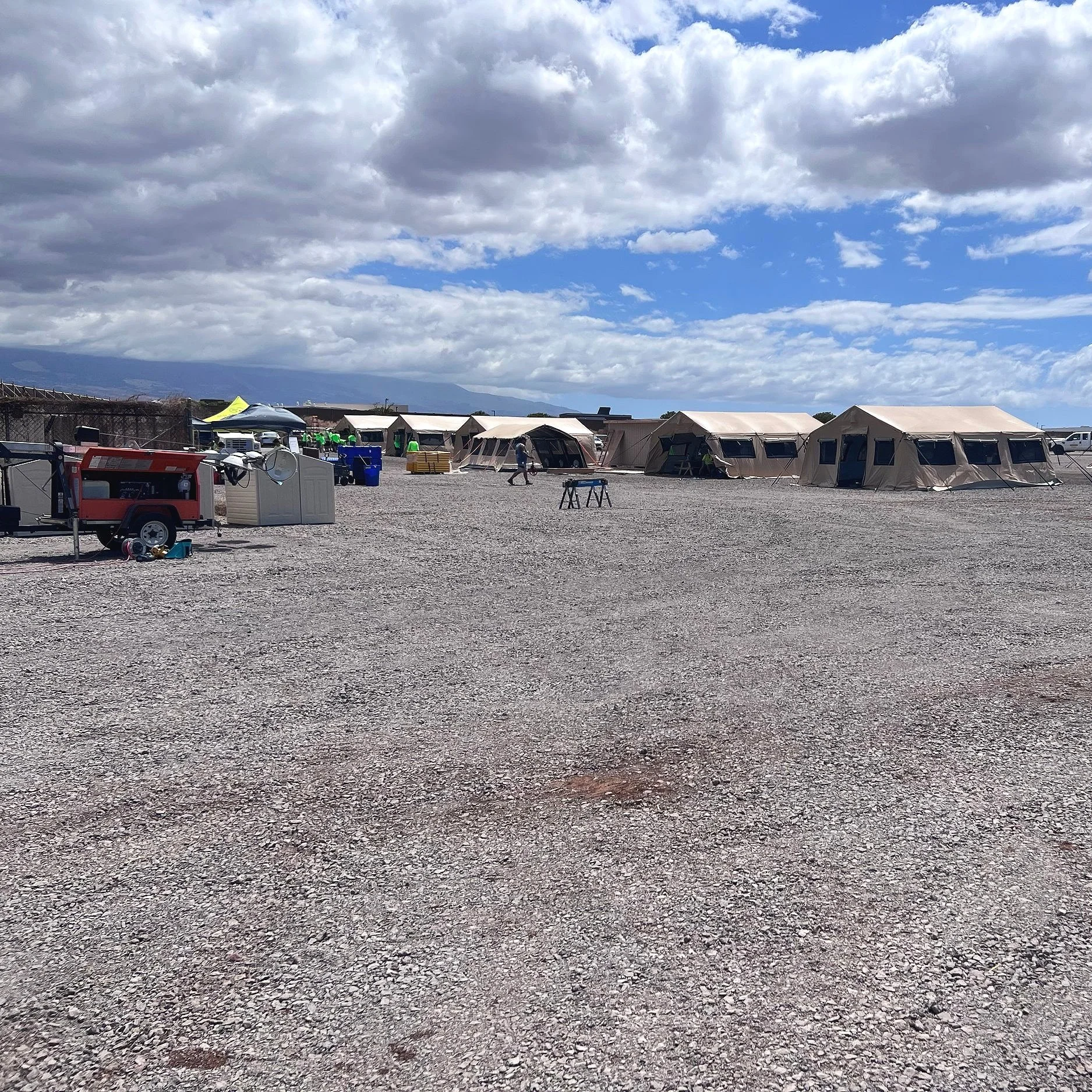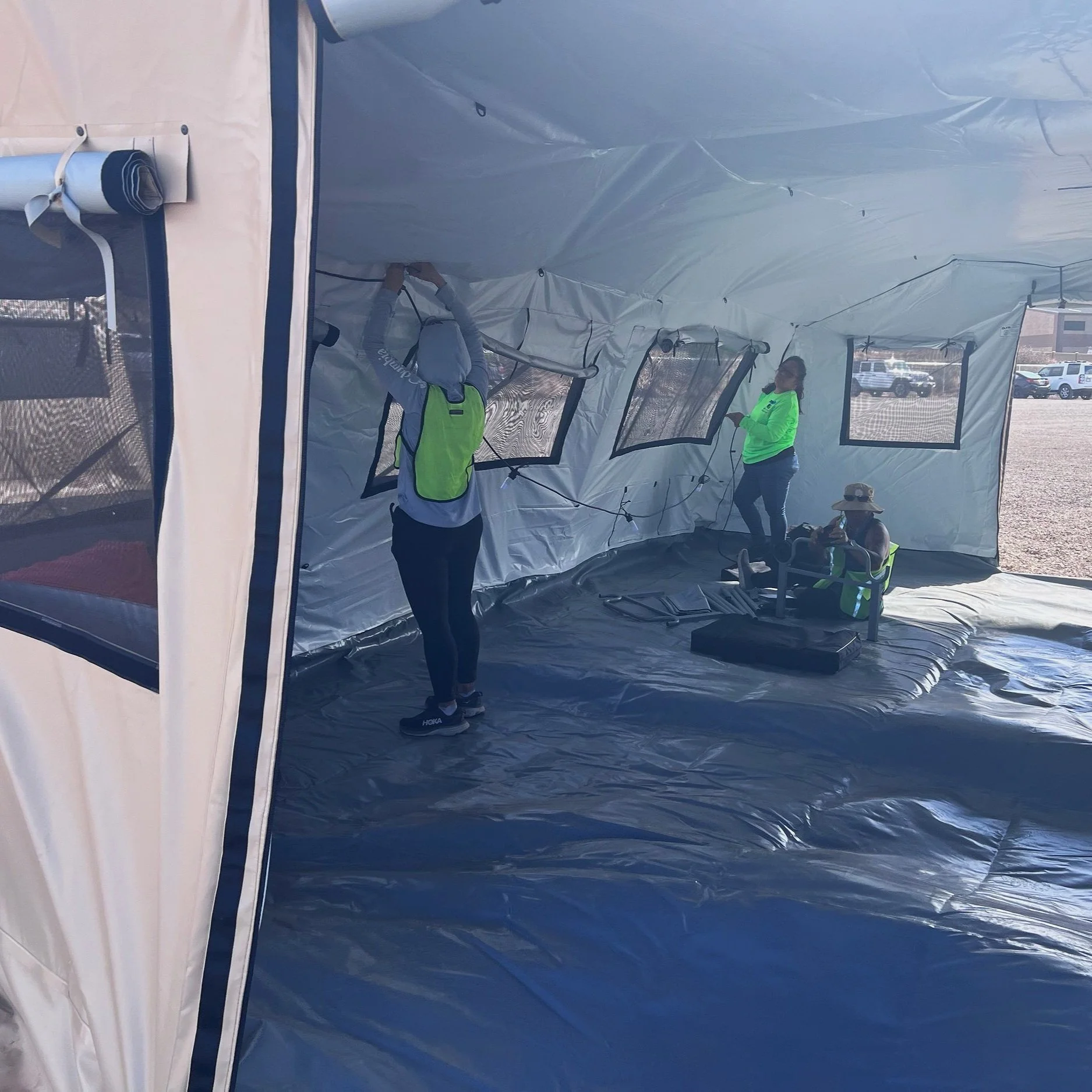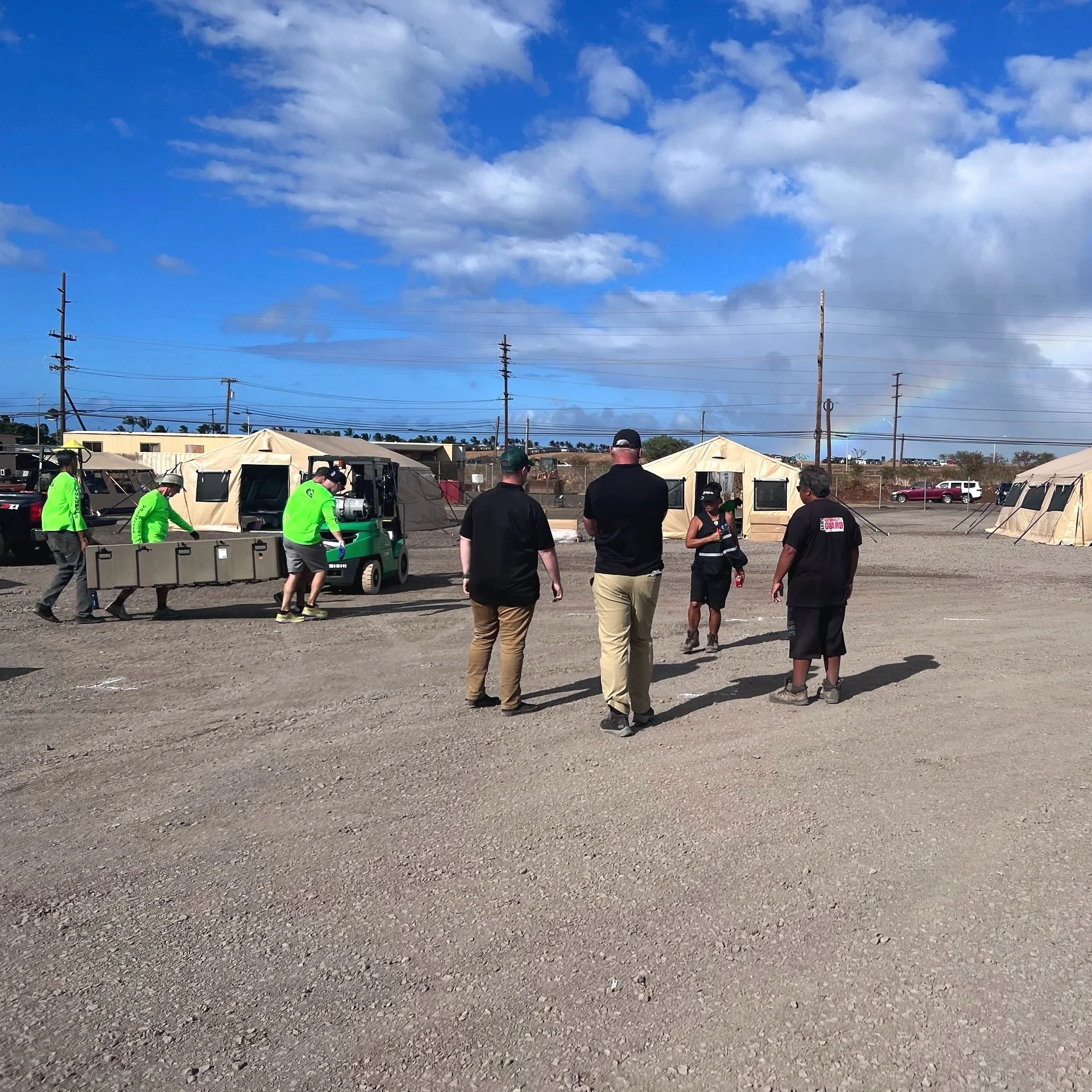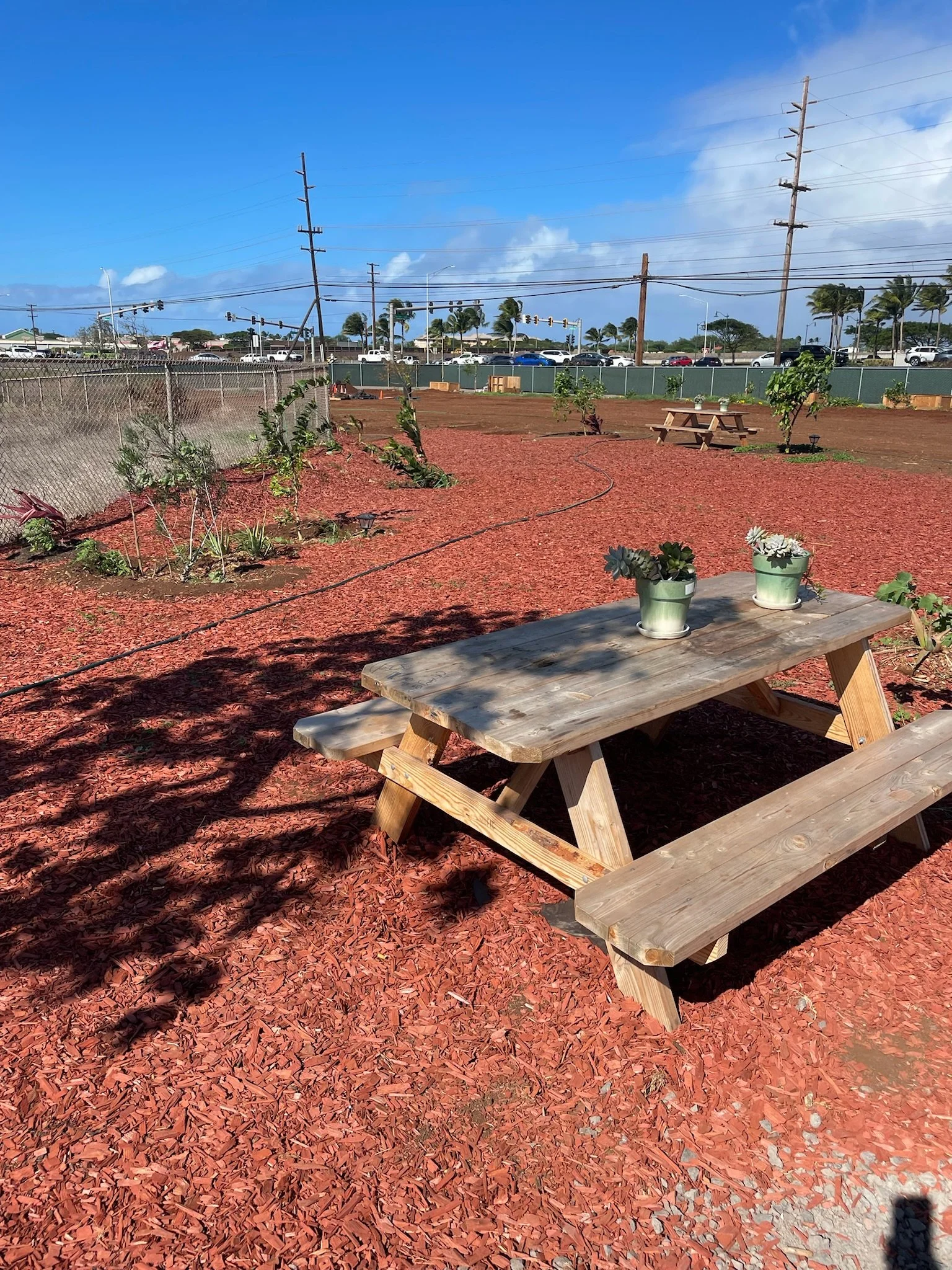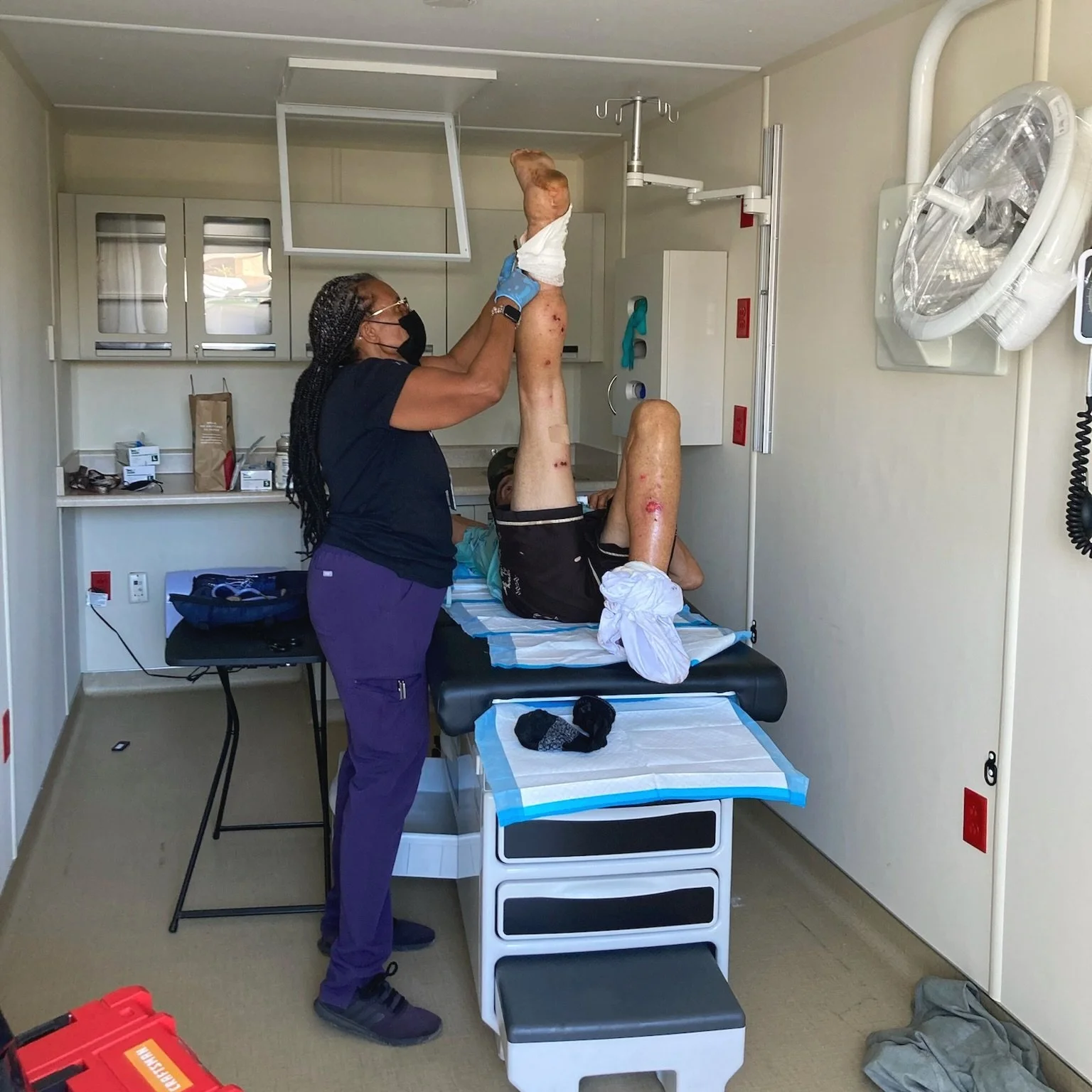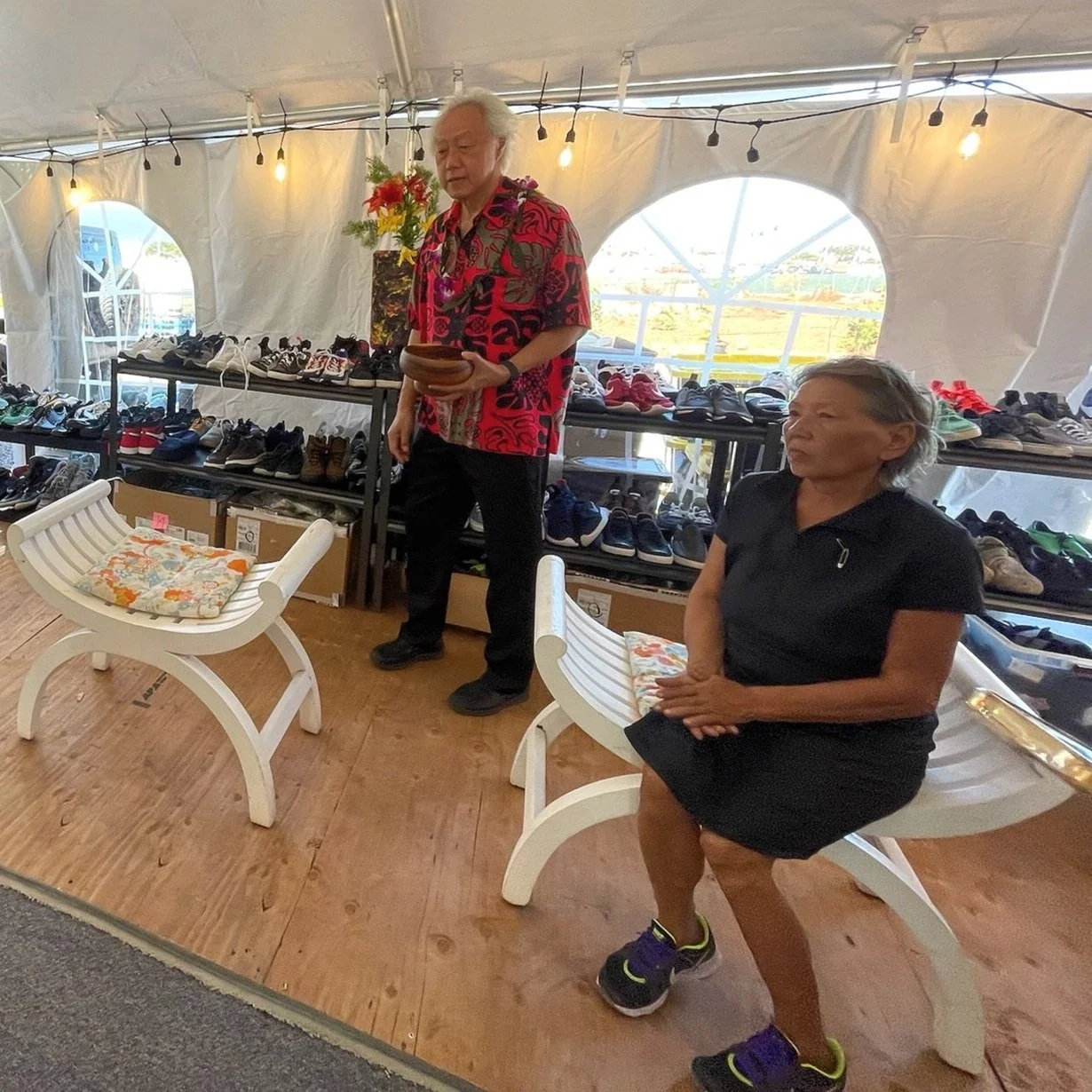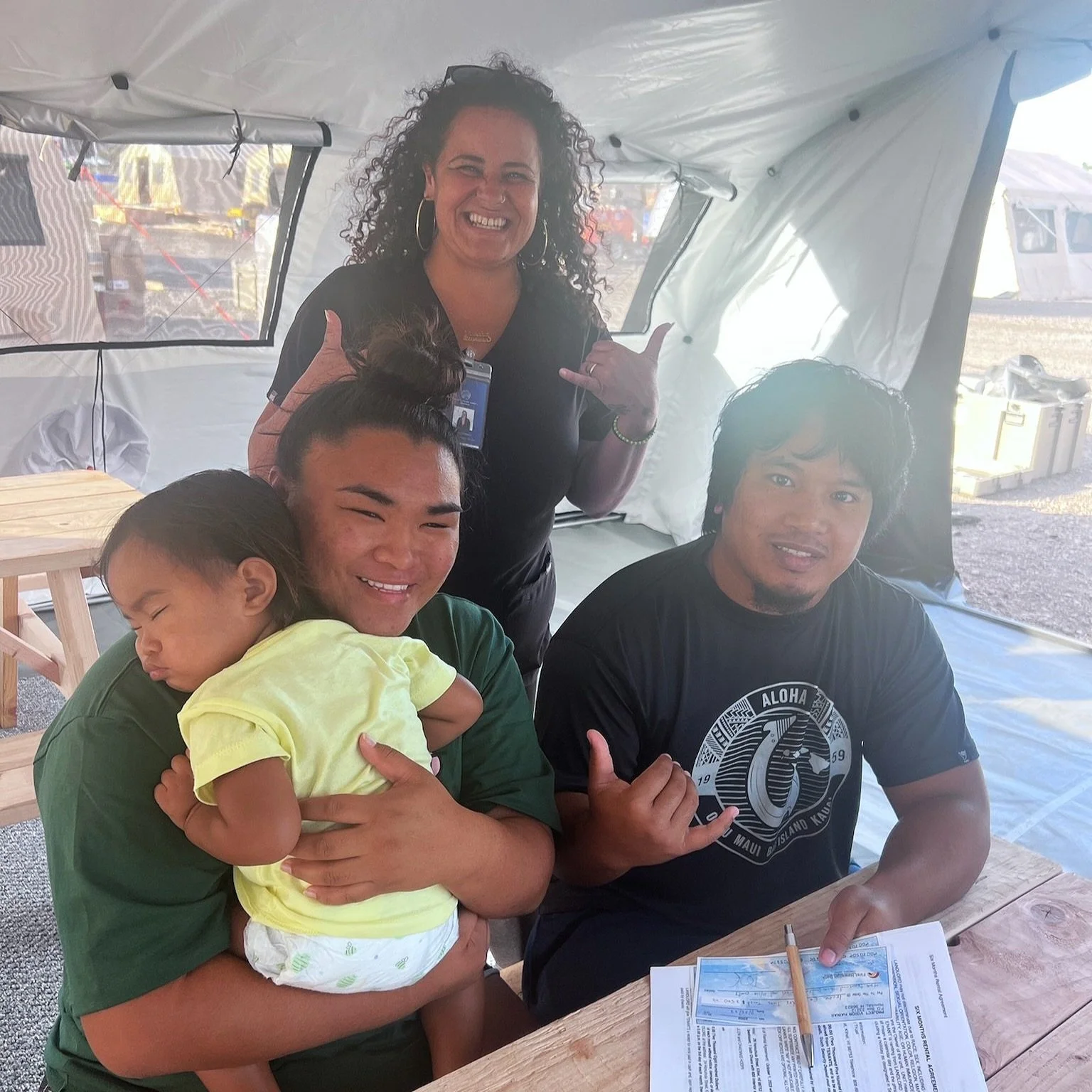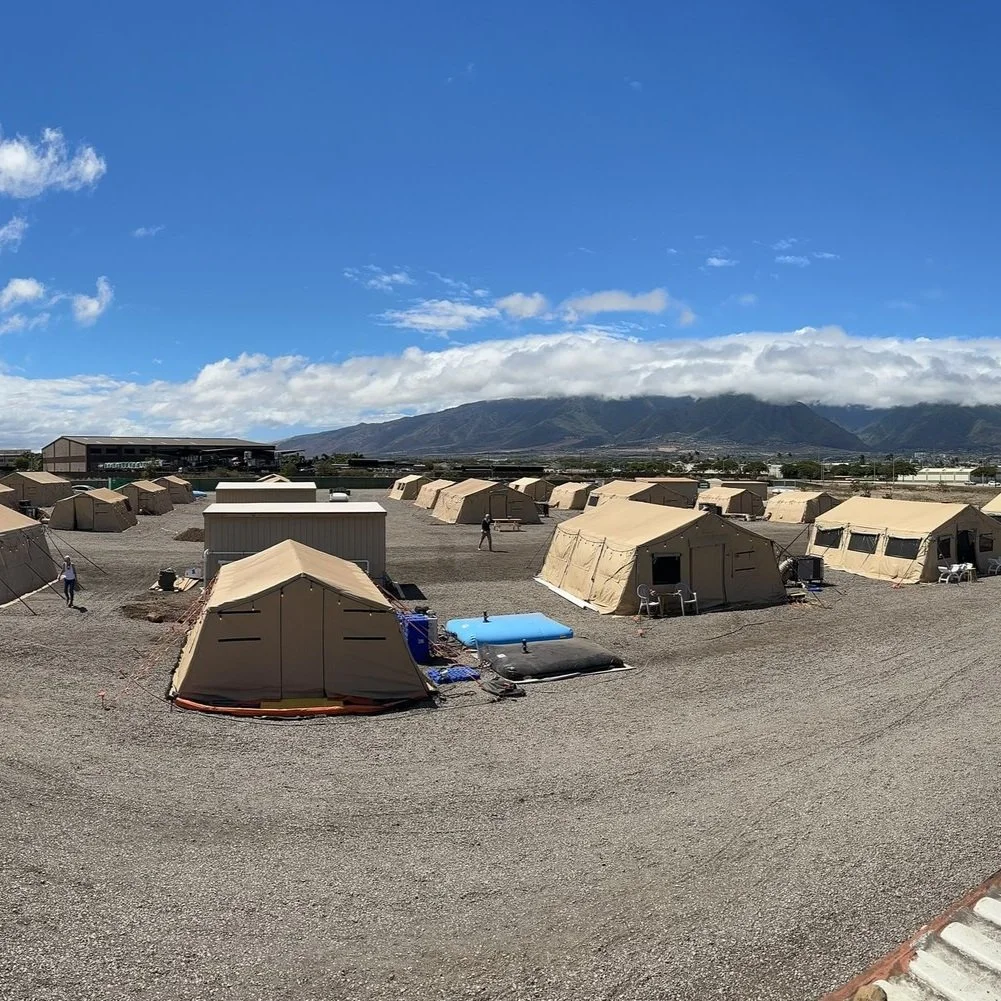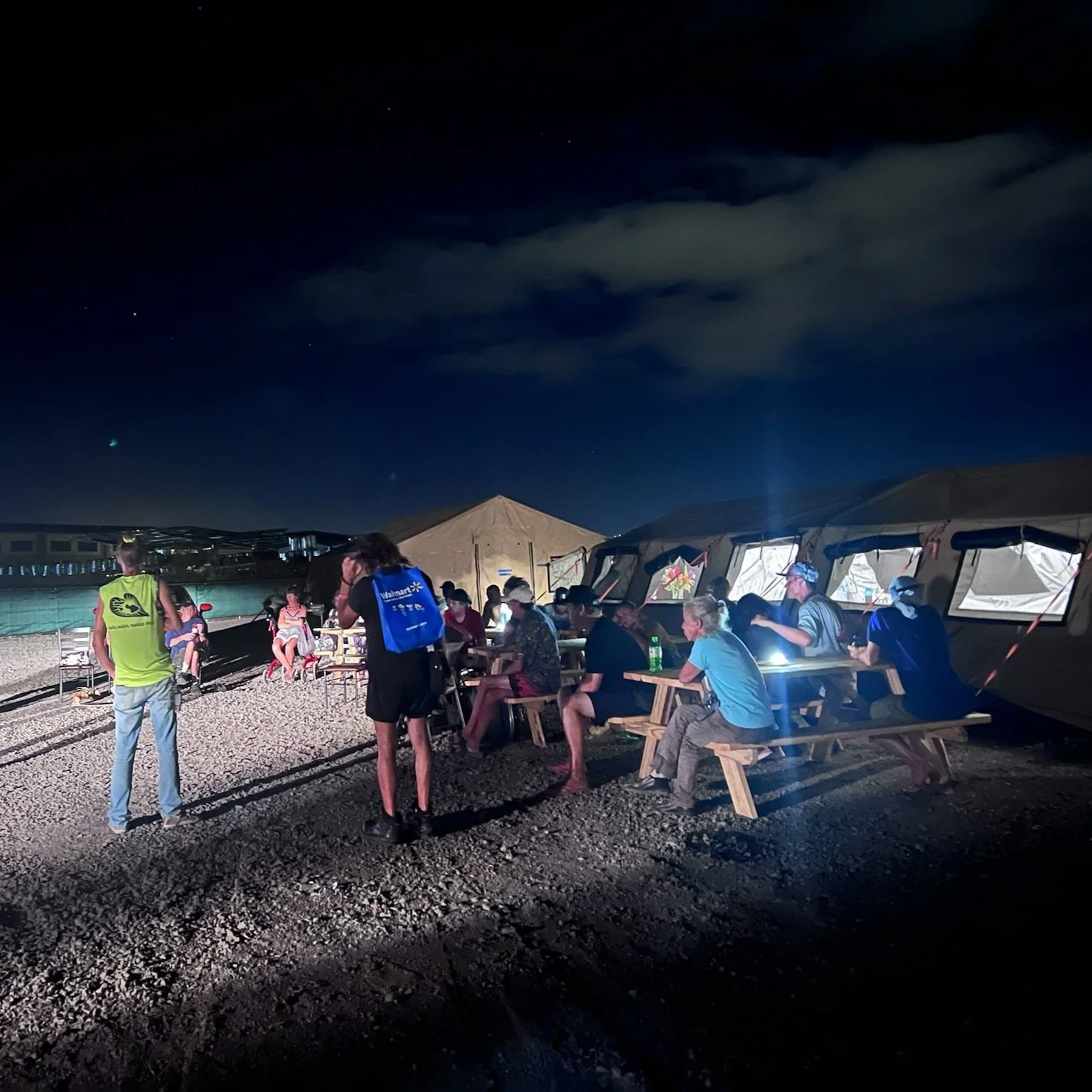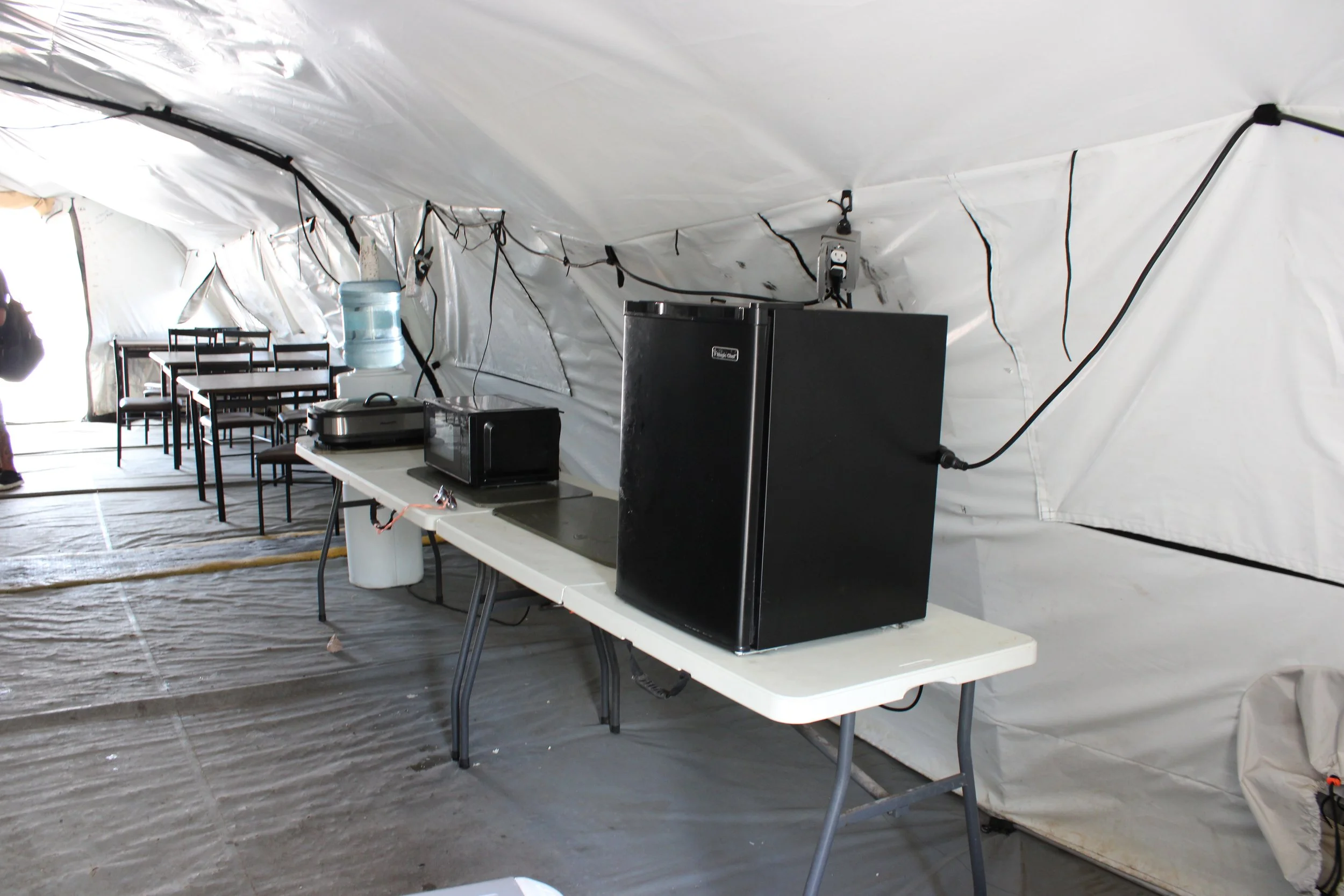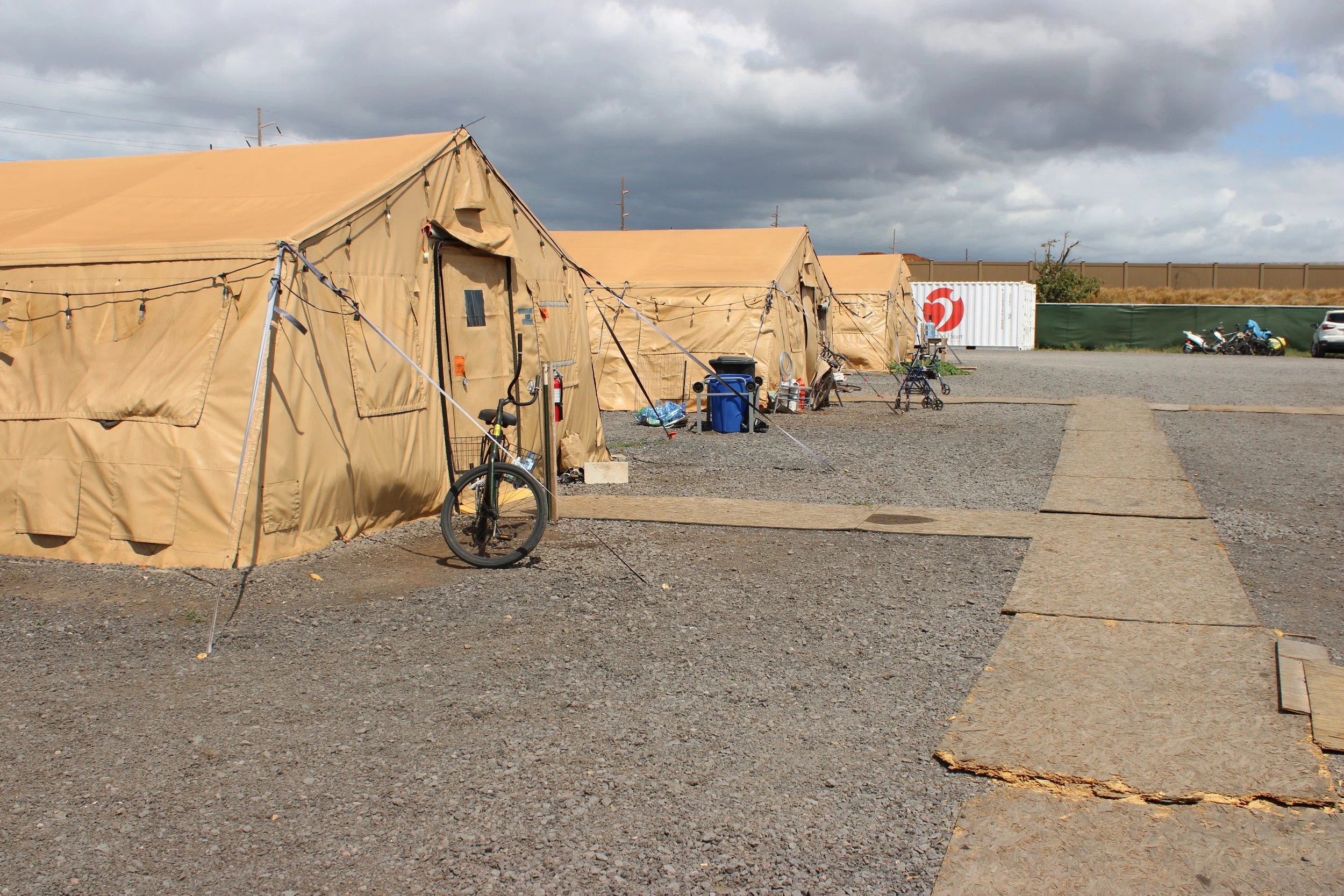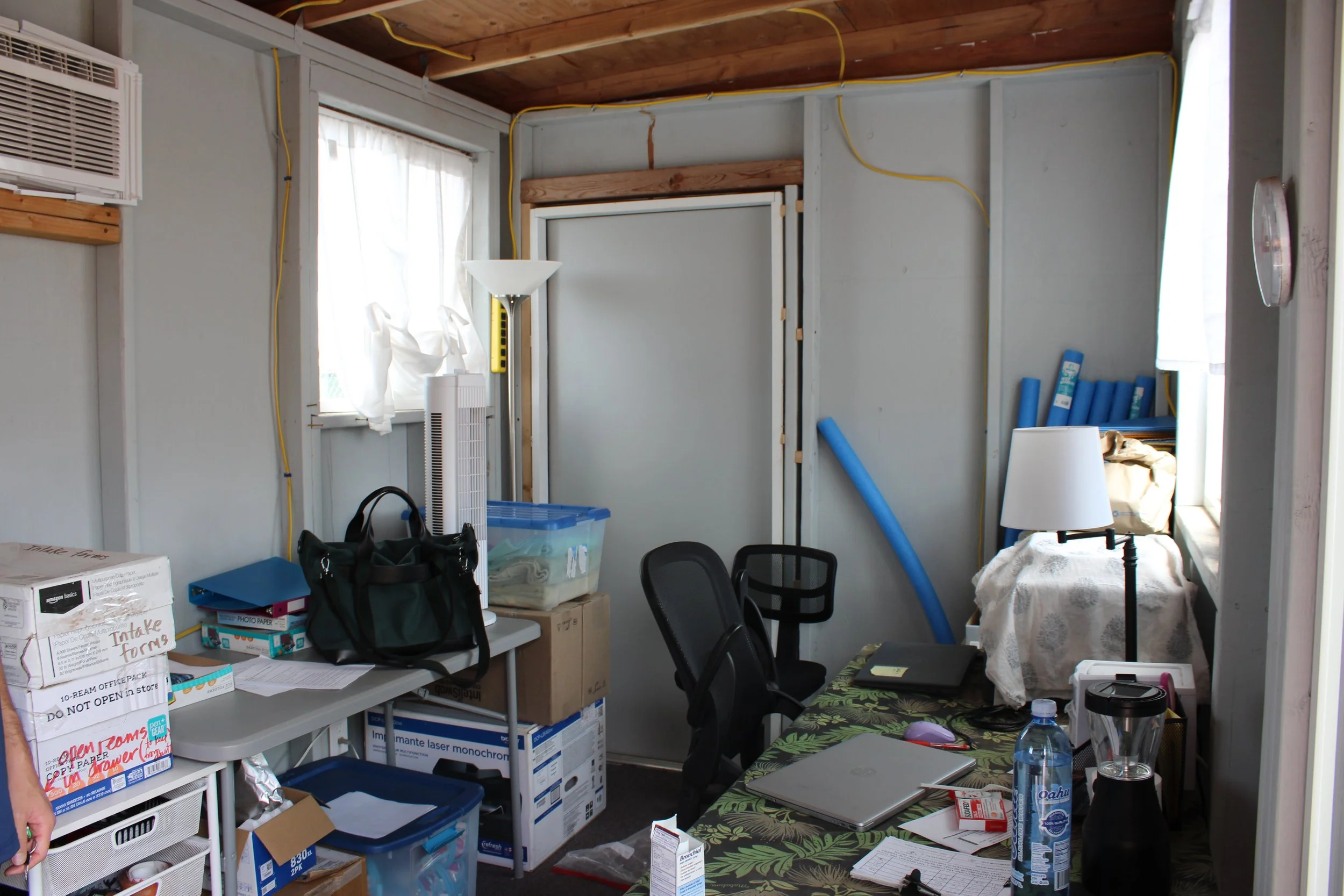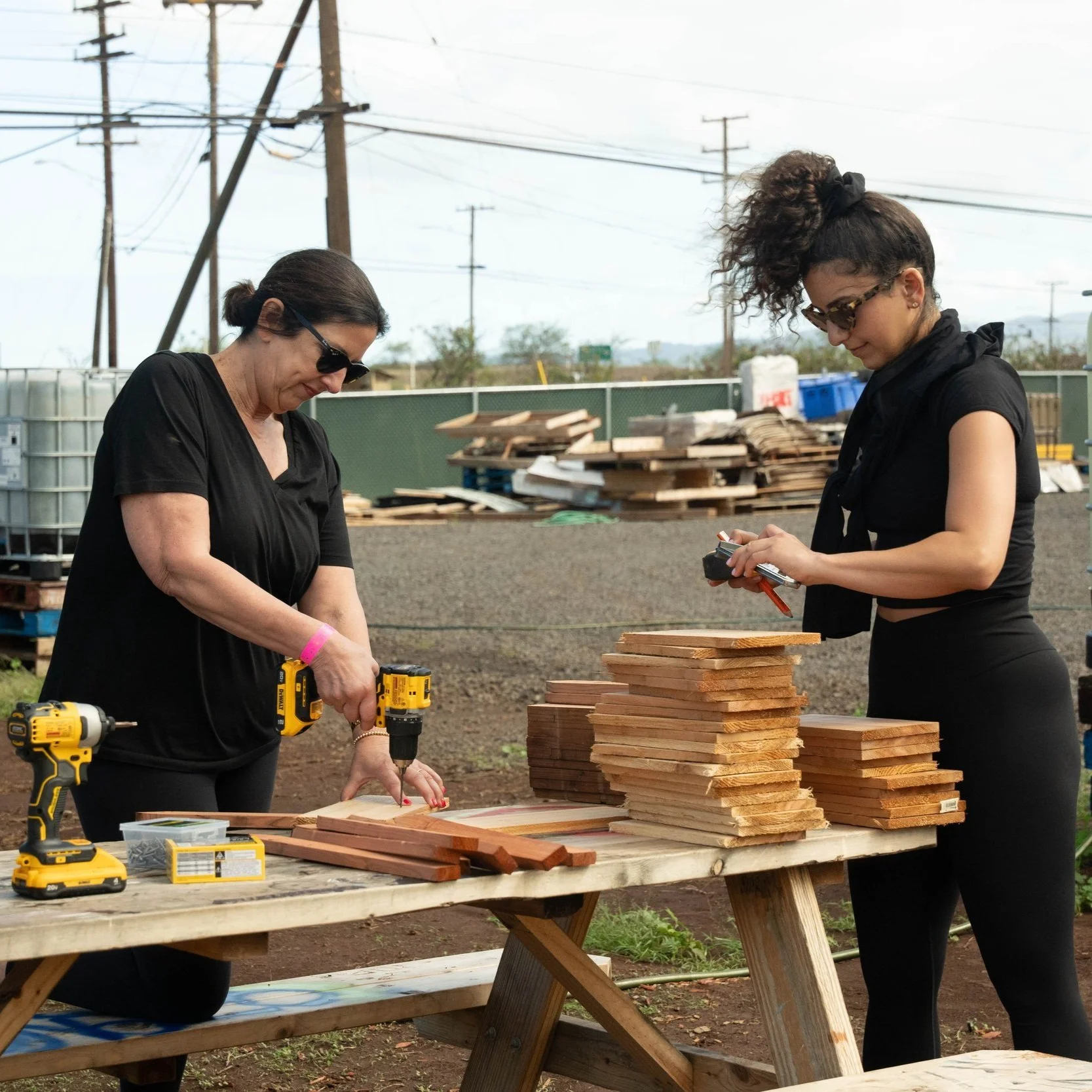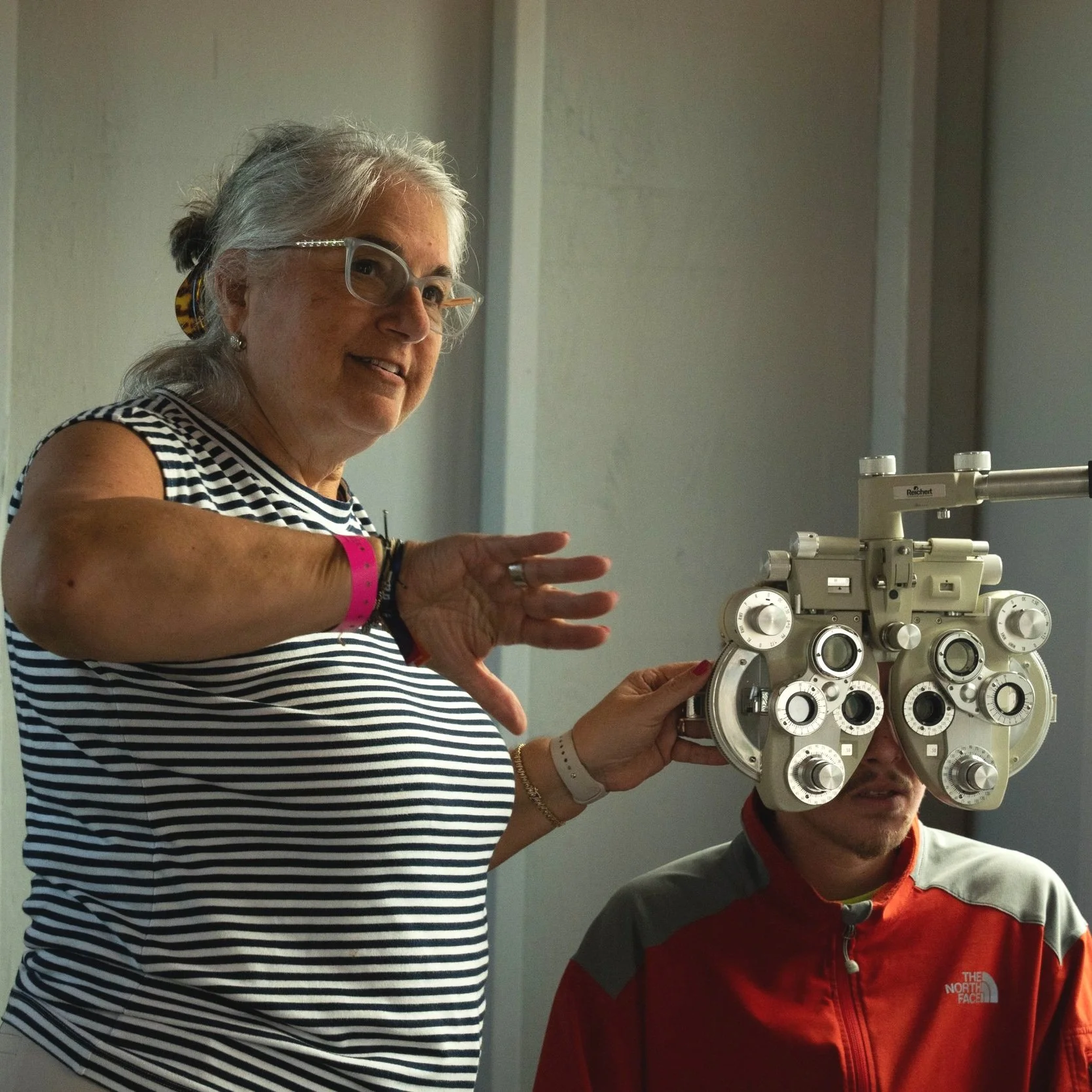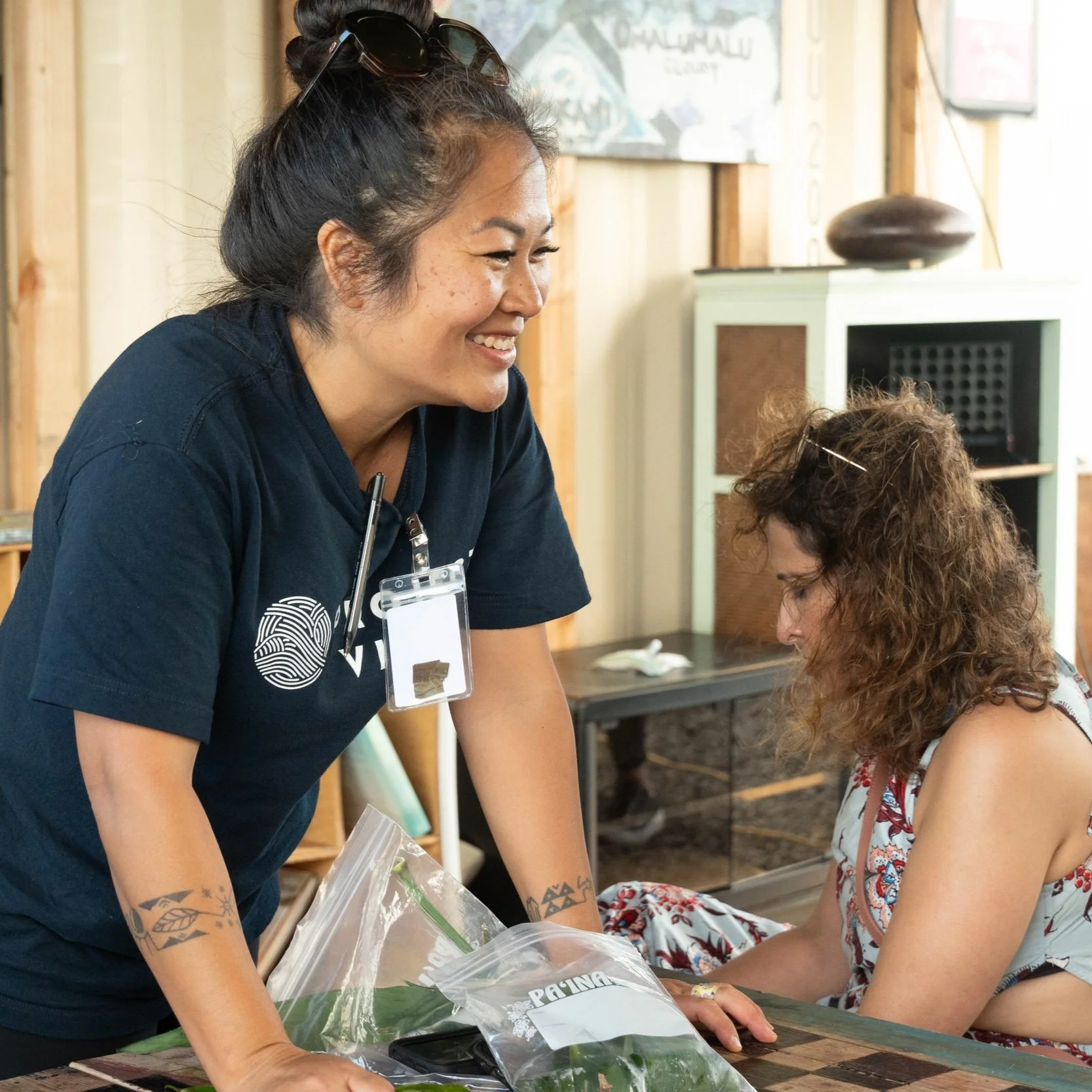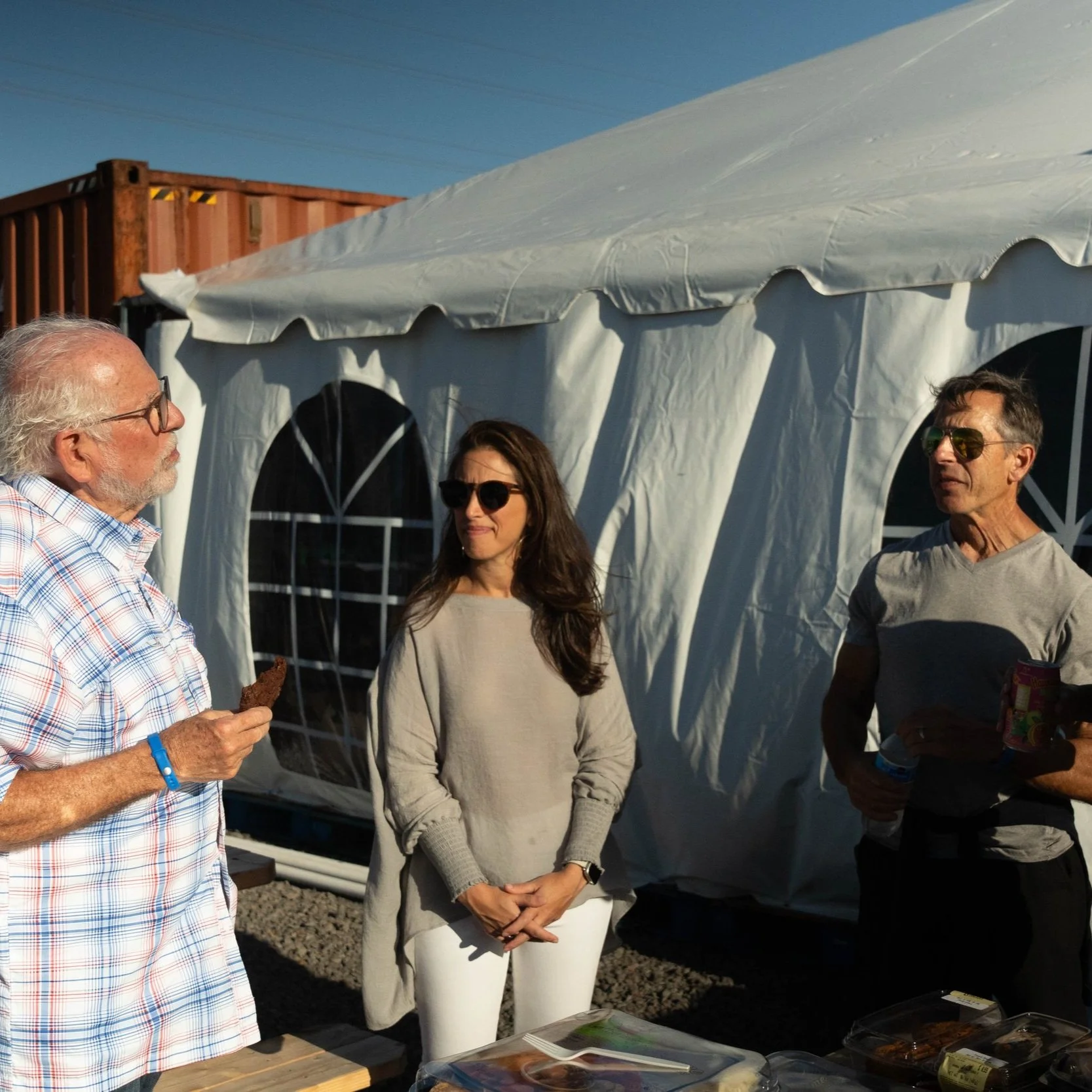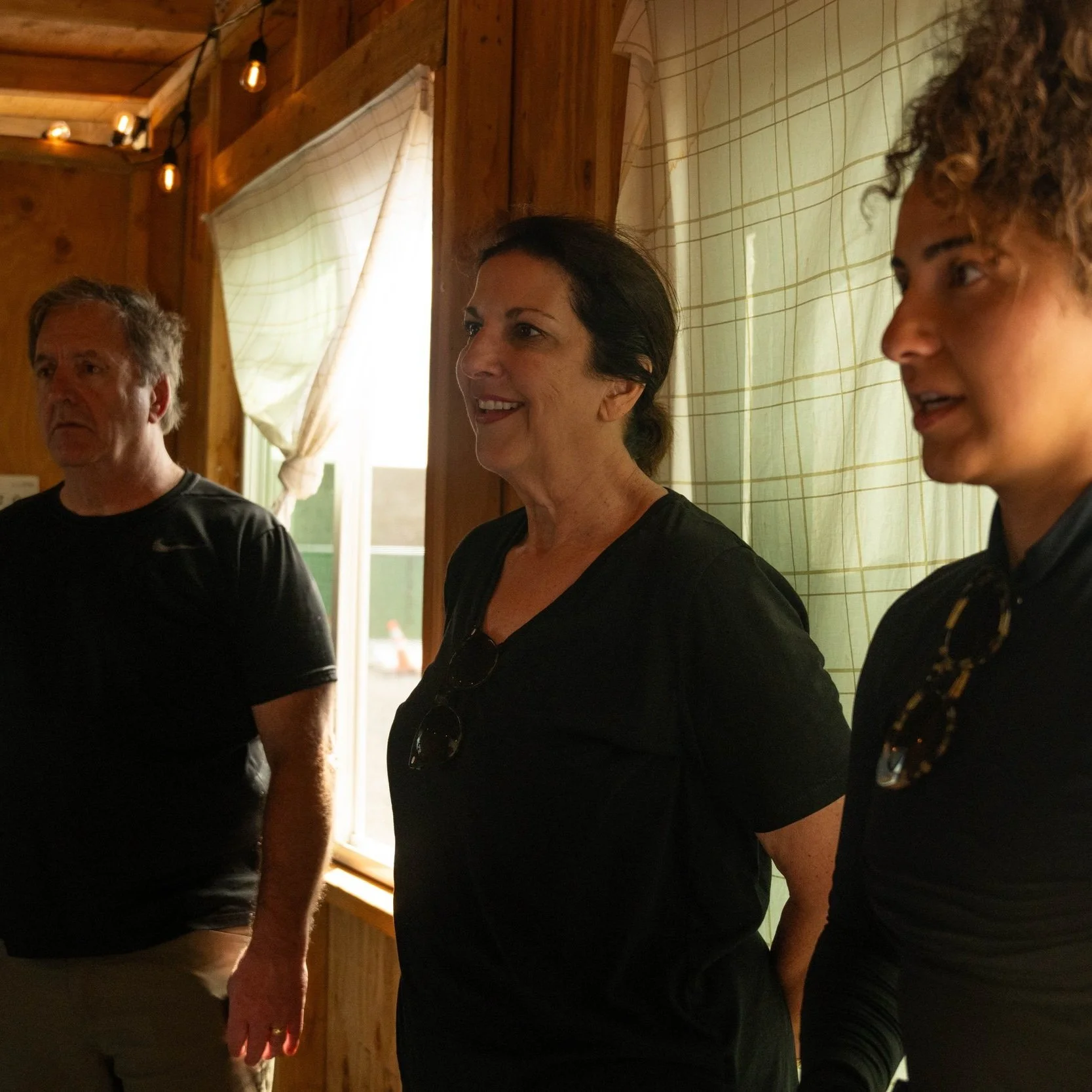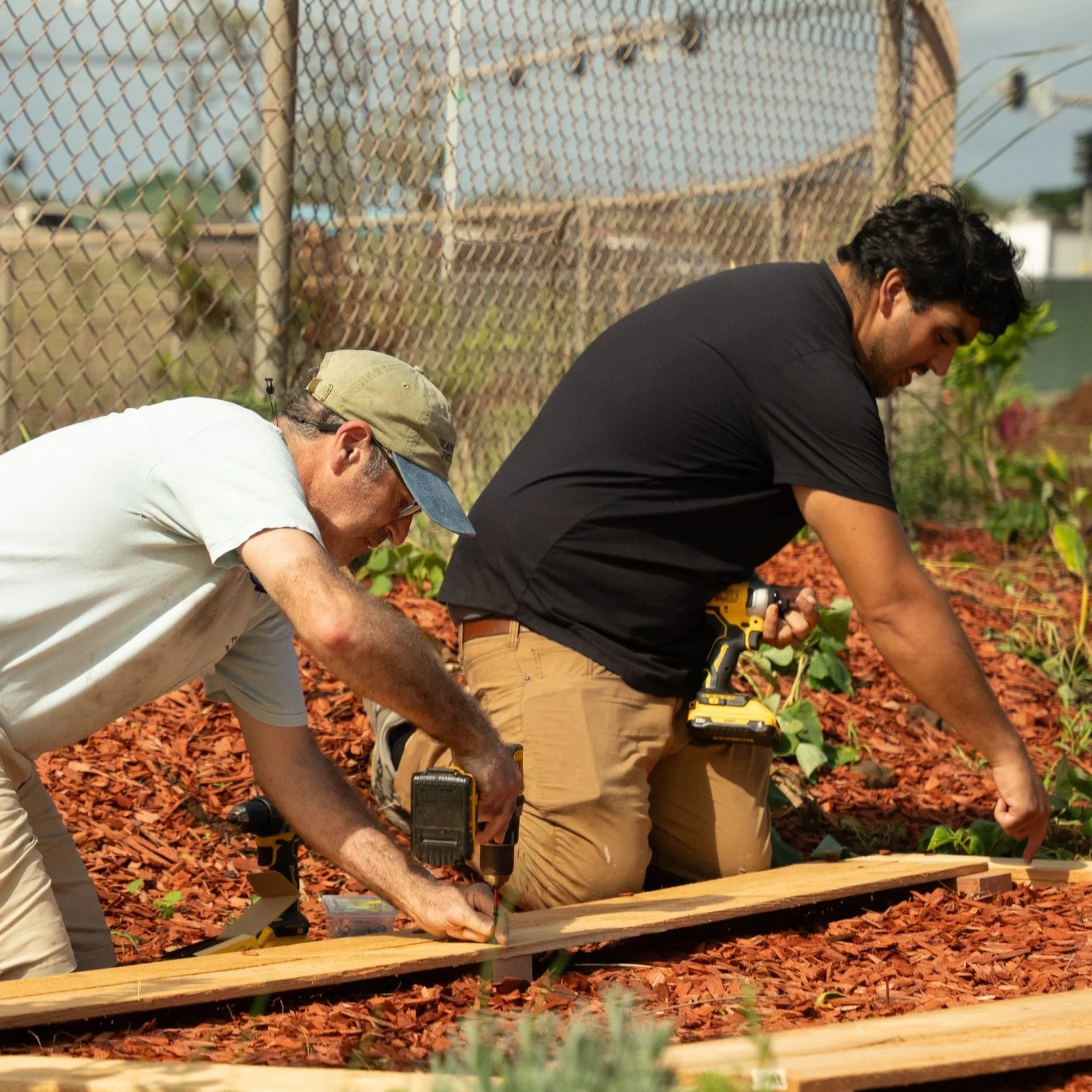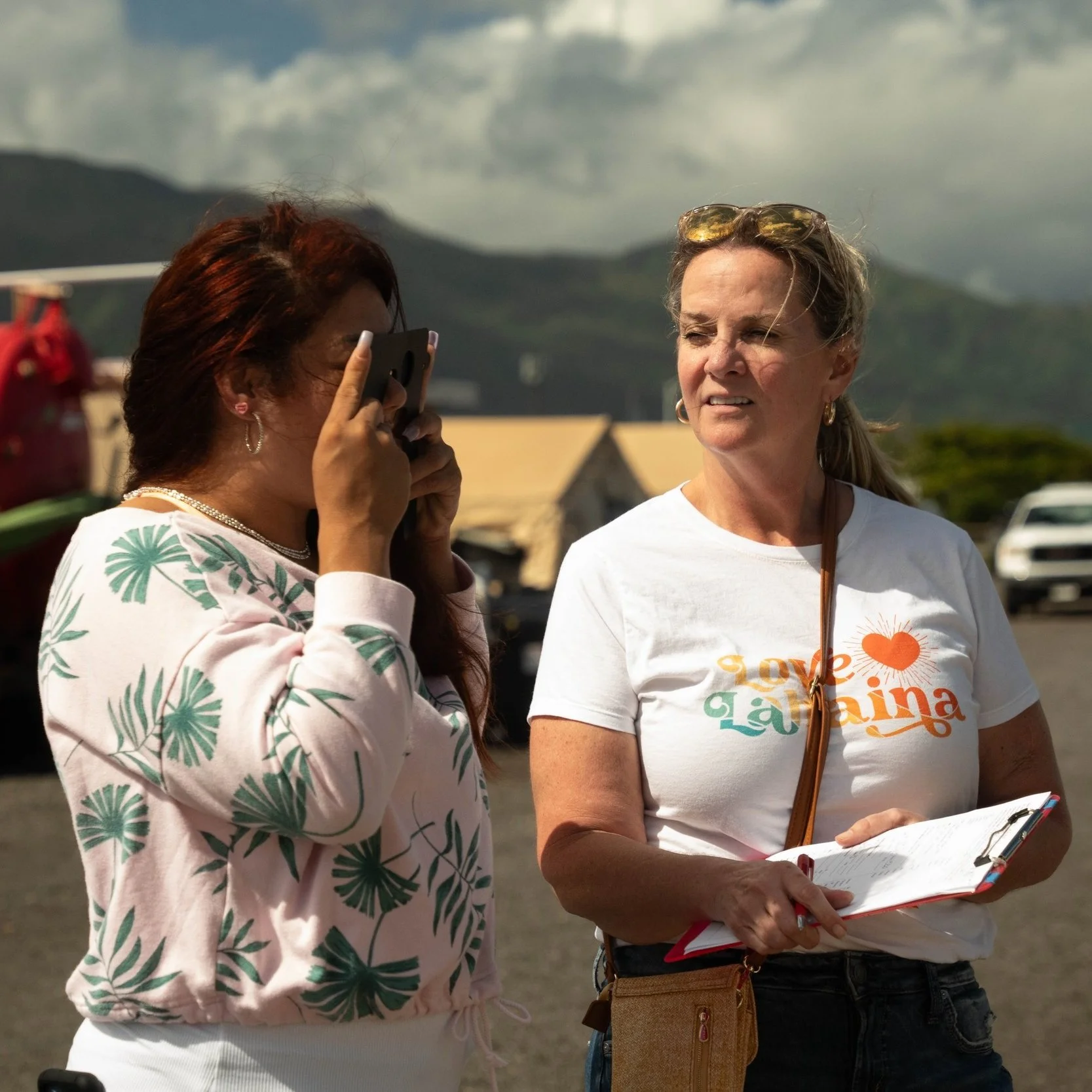
Puʻuhonua O Nēnē
A Safe Space of Refuge
About Puʻuhonua O Nēnē
Governor Josh Green, M.D., is announcing that the state, in partnership with the nonprofit Project Vision Hawai‘i (PVH), will open Pu‘uhonua o Nēnē, a temporary shelter for Maui wildfire survivors who were experiencing homelessness before the disaster. This temporary shelter will open on Friday, September 29.
“It is important that all Maui wildfire survivors have access to the necessary resources to heal. Pu‘uhonua o Nēnē is a place survivors can go to receive a wide array of services,” said Governor Green. “I know Project Vision Hawai‘i will create a safe, welcoming environment that supports recovery, and I appreciate the Department of Human Services and Department of Transportation for their efforts to build this site so quickly,” he said.
“Our team has been working around the clock to set up this temporary shelter,” said Project Vision Hawai‘i Executive Director Darrah Kauhane. “We are grateful for the opportunity to support our state and Maui wildfire survivors at Pu’uhonua o Nēnē with kōkua from our community partners, Maui Rapid Response and Maui Medics Hui. This type of work is a great example of our holistic approach to healing through health, culture, wellness, and acceptance,” she said.
Pu‘uhonua o Nēnē is necessary because shelter eligibility requirements cover people with a verified structural loss. They do not cover families and individuals who were experiencing homelessness pre-disaster.
For more questions, call: (808) 754-1241 or email: mauistrong@projectvisionhawaii.org
All media inquiries, please email: media@projectvisionhawaii.org

What is available at Puʻuhonua O Nēnē
The site will consist of multiple military-grade tents, that can house a total of approximately 150 people. Each tent will be fully insulated and equipped with cots and other supplies.
On site medical facilities, showers and restrooms will also be included.
Meals will be provided.
Pets will be welcome.
The program will provide transportation for survivors to and from the site, including for medical and other needed appointments.
State-funded disaster case managers will work with each individual survivor to develop a recovery plan.
Volunteer at Puʻuhonua O Nēnē

FAQ
The State of Hawai’i, in coordination with Project Vision, has established Pu’uhonua o nēnē, a temporary shelter, to serve people who were experiencing homelessness pre-disaster to recover from the Maui Wildfires. Pu’uhonua o nēnē was established to provide pre-disaster homeless with a place to stay, bathroom and shower facilities, and other helpful in the aftermath of a disaster event. The Pu’uhonua o nēnē is located at the north corner of the Hana Highway and Mayor Elmer Carvalho Way. This shelter location will be available on September 29.
How many individuals are expected to be served at Puʻuhonua o nēnē?
Pu’uhonua o nēnē is currently set up to serve 150 individuals but may be expanded or downsized depending on demand.
Who is allowed to stay at Puʻuhonua o nēnē?
Adults who are experienced homelessness prior to the disaster events.
What is the contact information for Puʻuhonua o nēnē?
Phone: 1-800-754-1241
Email: mauistrong@projectvisionhawaii.org
Website: www.projectvisionhawaii.org
Why are some survivors still in hotels and Airbnbs but individuals experiencing homelessness are treated differently?
The Federal Emergency Management Agency (FEMA) and American Red Cross (ARC) eligibility requirements cover people with a verified structural loss. They do not cover people who were experiencing homelessness wildfire pre-disaster.
Because the state prioritizes treating everyone with dignity the agency decided to work with Project Vision to set up Pu’uhonua o nēnē. Project Vision will be providing many services to help residents transition into permanent or long-term housing. Individuals and families at Pu’uhonua o nēnē will be treated with respect and provided stable, safe housing.
The state is proud to partner with Project Vision on Puʻuhonua o nēnē. Department of Human Services (DHS) and Project Vision have a shared history of doing important work together. Project Vision will coordinate wraparound services and help survivors throughout their continuum of healing and restoration.
Who is setting up Puʻuhonua o nēnē and who will run it?
DHS has contracted with Project Vision to set up and manage Pu’uhonua o nēnē. Project Vision has experience providing mobile health, hygiene, and other services to homeless individuals. You can read more about Project Vision’s impressive work on their website.
Is any support available to help survivors navigate the recovery process?
Disaster case managers will work with survivors at Pu’uhonua o nēnē to help them recover from the wildfire. Disaster case managers will help each person with their individual recovery needs.
Why can’t pre-disaster homeless return to where they were before the wildfire?
Currently, the burned area is not safe. Ash and other hazardous materials can cause serious health problems if inhaled, ingested or contacts exposed skin. Because the state believes everyone deserves dignity and humanity Pu’uhonua o nēnē was established to give pre-disaster homeless people a safe place to live and work on obtaining long-term housing.
How will residents of Puʻuhonua o nēnē know the location will be safe?
Staff will be on-site at Pu’uhonua o nēnē around the clock. The property will be completely fenced and not visible from the road. In addition, security will be provided 24/7.
Are pets allowed?
Residents will be allowed up to two pets. The Maui Humanine Society will provide kennels and other veterinarian services. Pets will need to be leashed. A dog walking area will be available.
Will alcohol and smoking be permitted in Pu’uhonua o nēnē?
Emergency shelters do not allow on-site alcohol consumption. A designated smoking area is available. Illegal substances will not be permitted on the premises.
Will unaccopanied minor be allowed to stay at Puʻuhonua o nēnē?
Pu’uhonua o nēnē staff will help connect unaccompanied minors with proper housing resources.
Will families with children be able to stay at Puʻuhonua o nēnē?
No. Families with children will have other accommodations available.
What can be brought to Puʻuhonua o nēnē?
Puʻuhonua o nēnē residents can bring personal possessions to the shelter. Lockers for smaller items and secured compartments for larger items are available for Pu’uhonua o nēnē residents. Shelter management will not allow items that may be unsafe or cause significant disturbances.
How will people know if they are eligible to move to the Puʻuhonua o nēnē?
The County of Maui, DHS and partners have been working to assess all survivors’ situations. The team is working to contact everyone who are eligible to move to Pu’uhonua o nēnē. Disaster survivors who have not taken advantage of hotel housing service are also welcome at Puʻuhonua o nēnē.
Will transportation to Pu’uhonua o nēnē be provided?
Project Vision staff worked to contact survivors who are eligible to stay at Pu’uhonua o nēnē and coordinated transportation to the site. The Maui Bus Public Transportation system is another resource.






